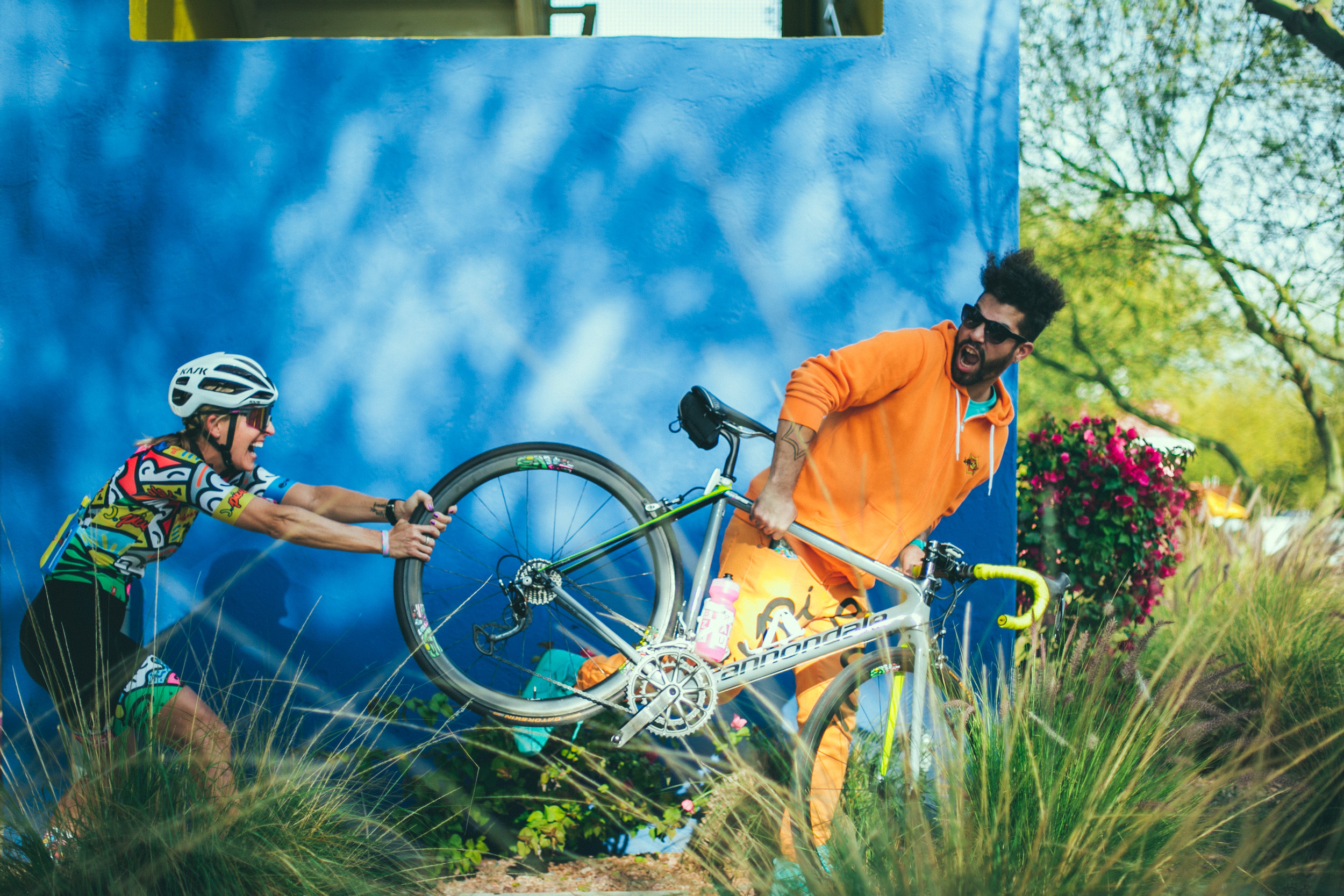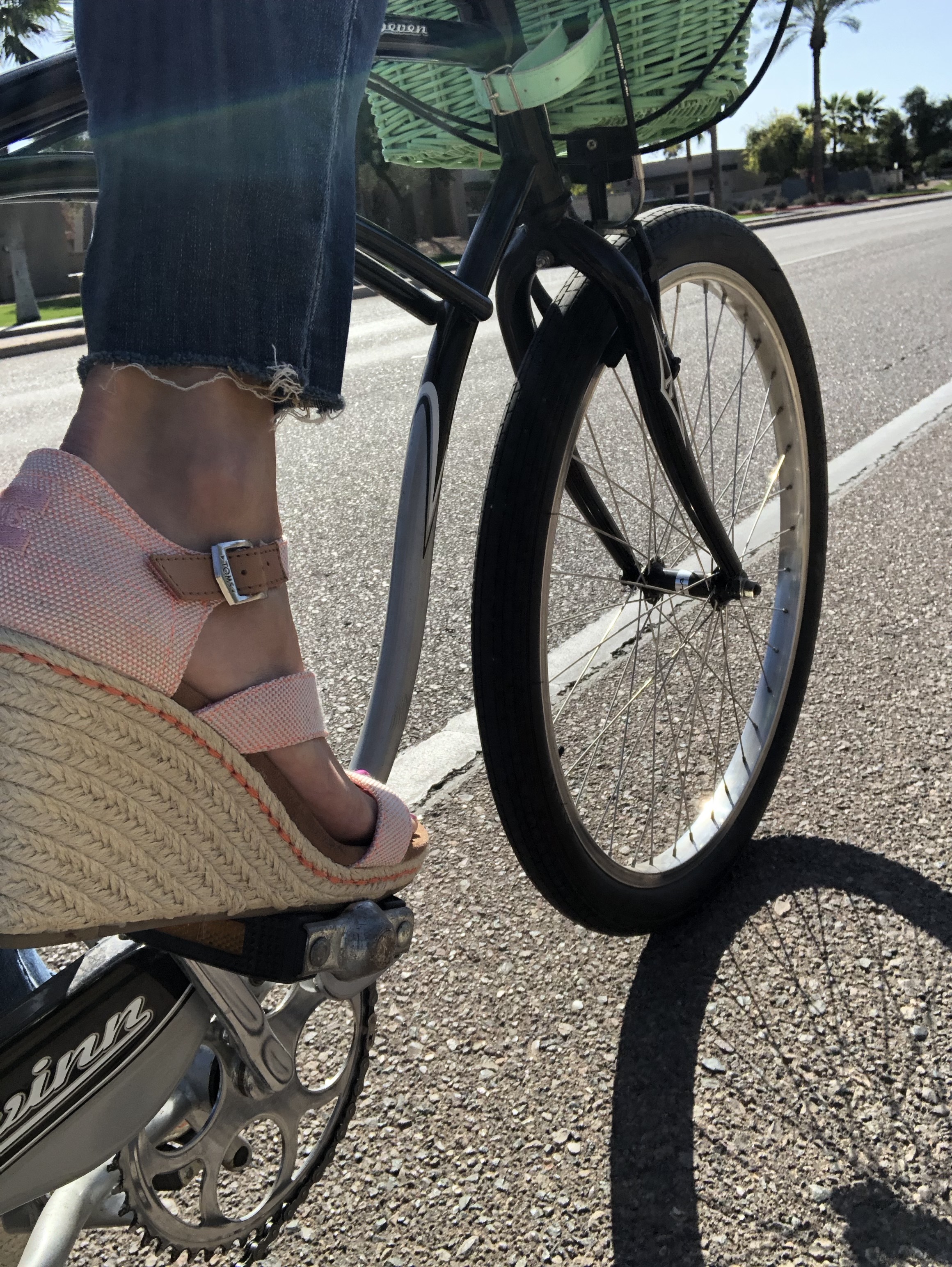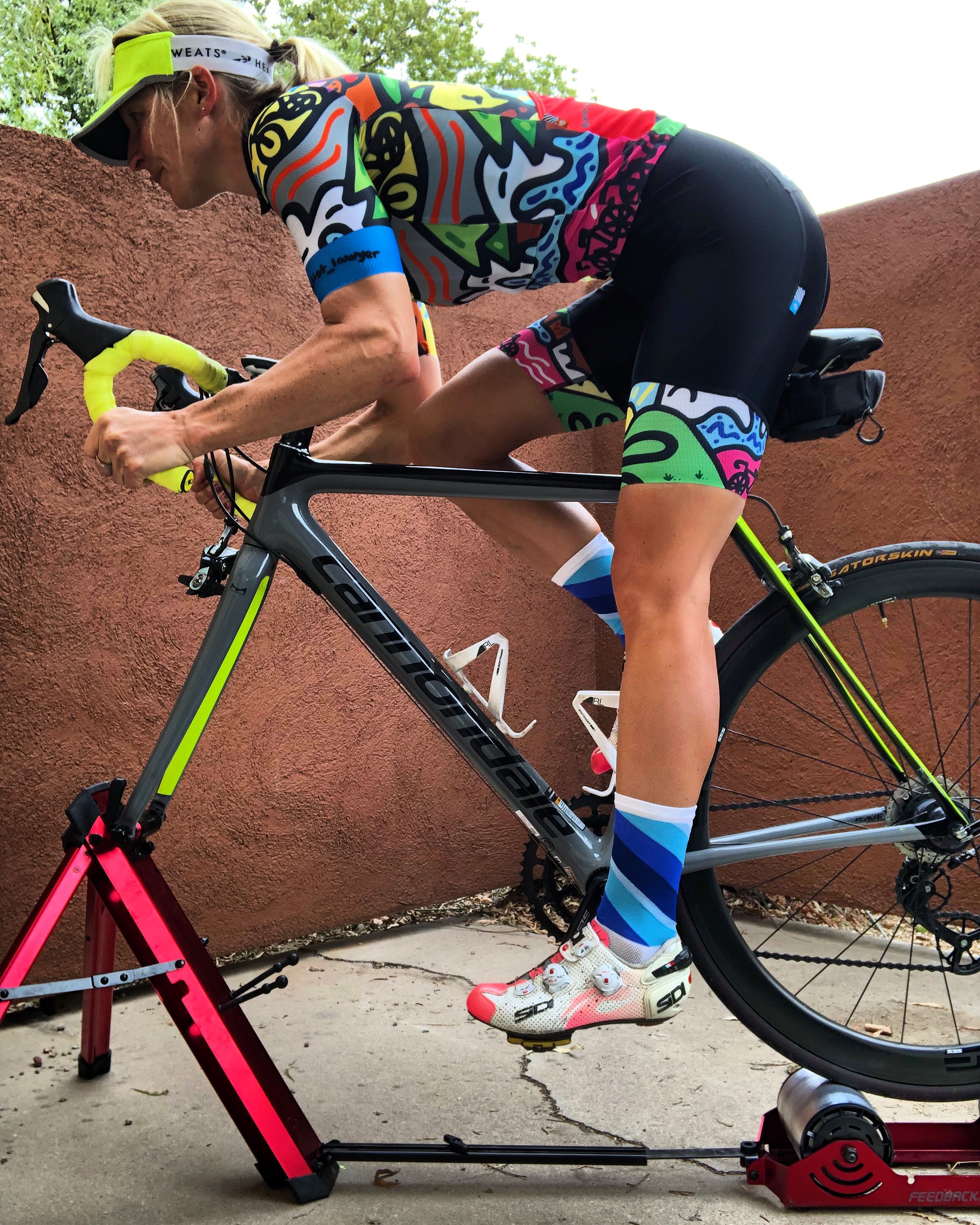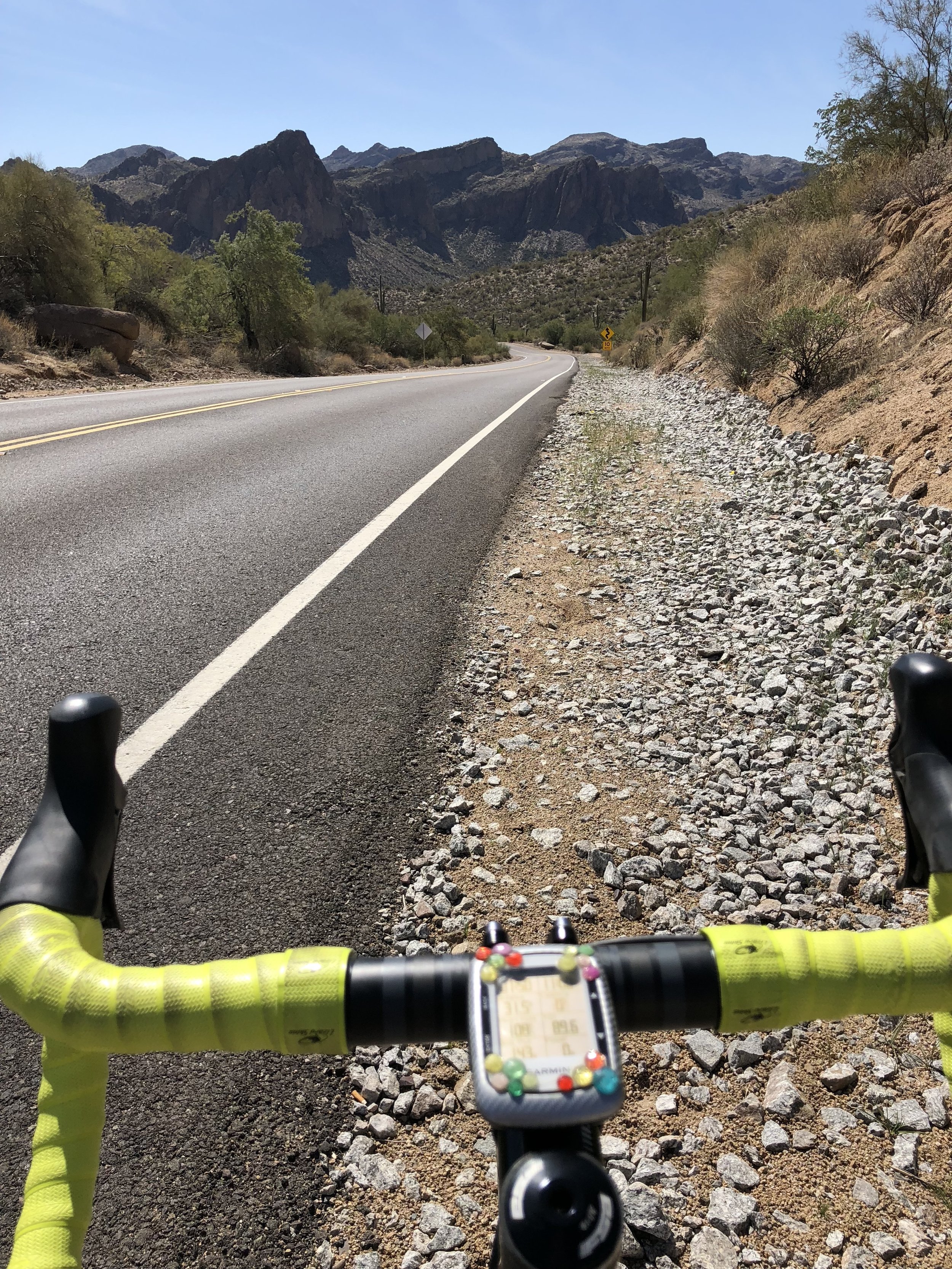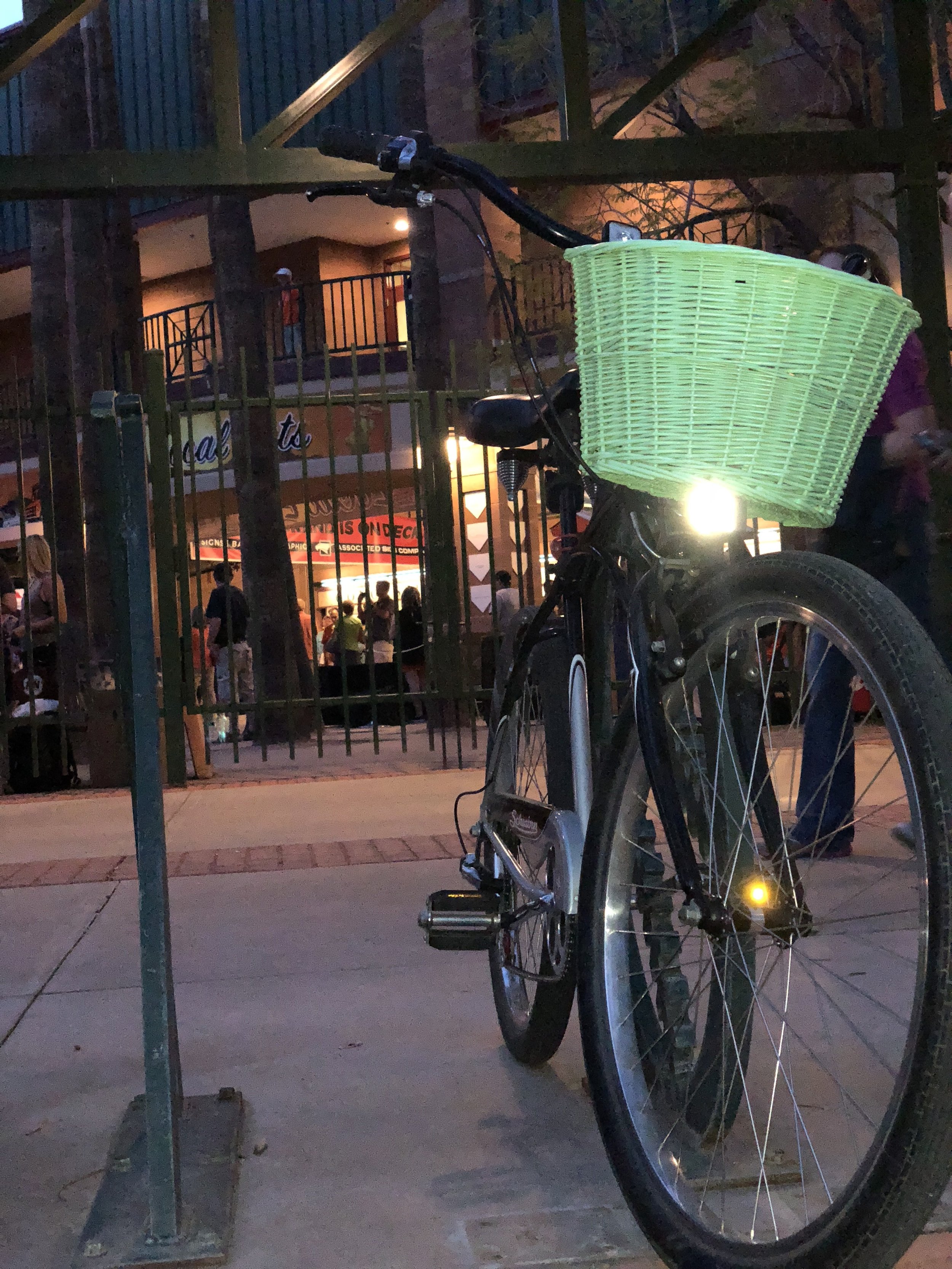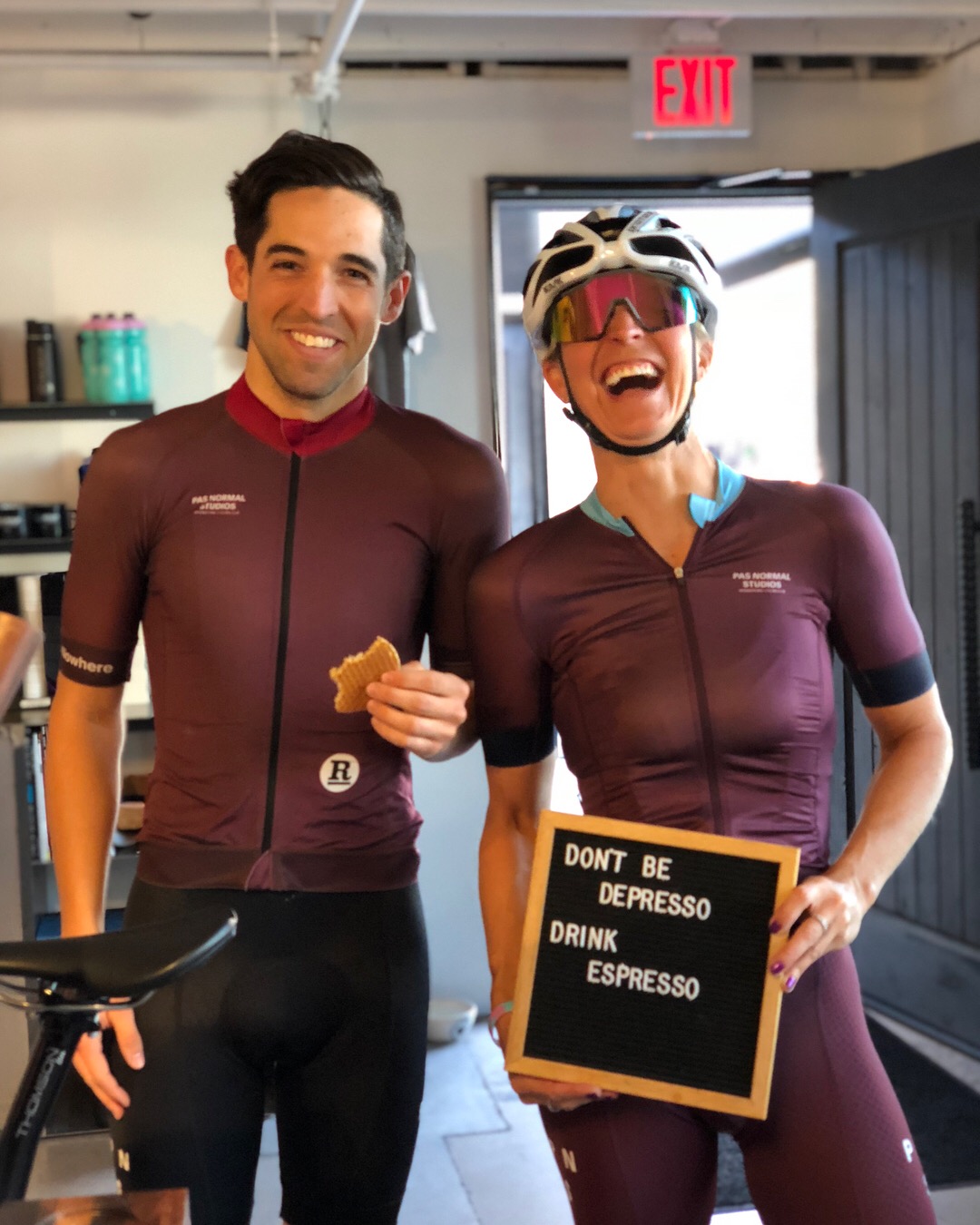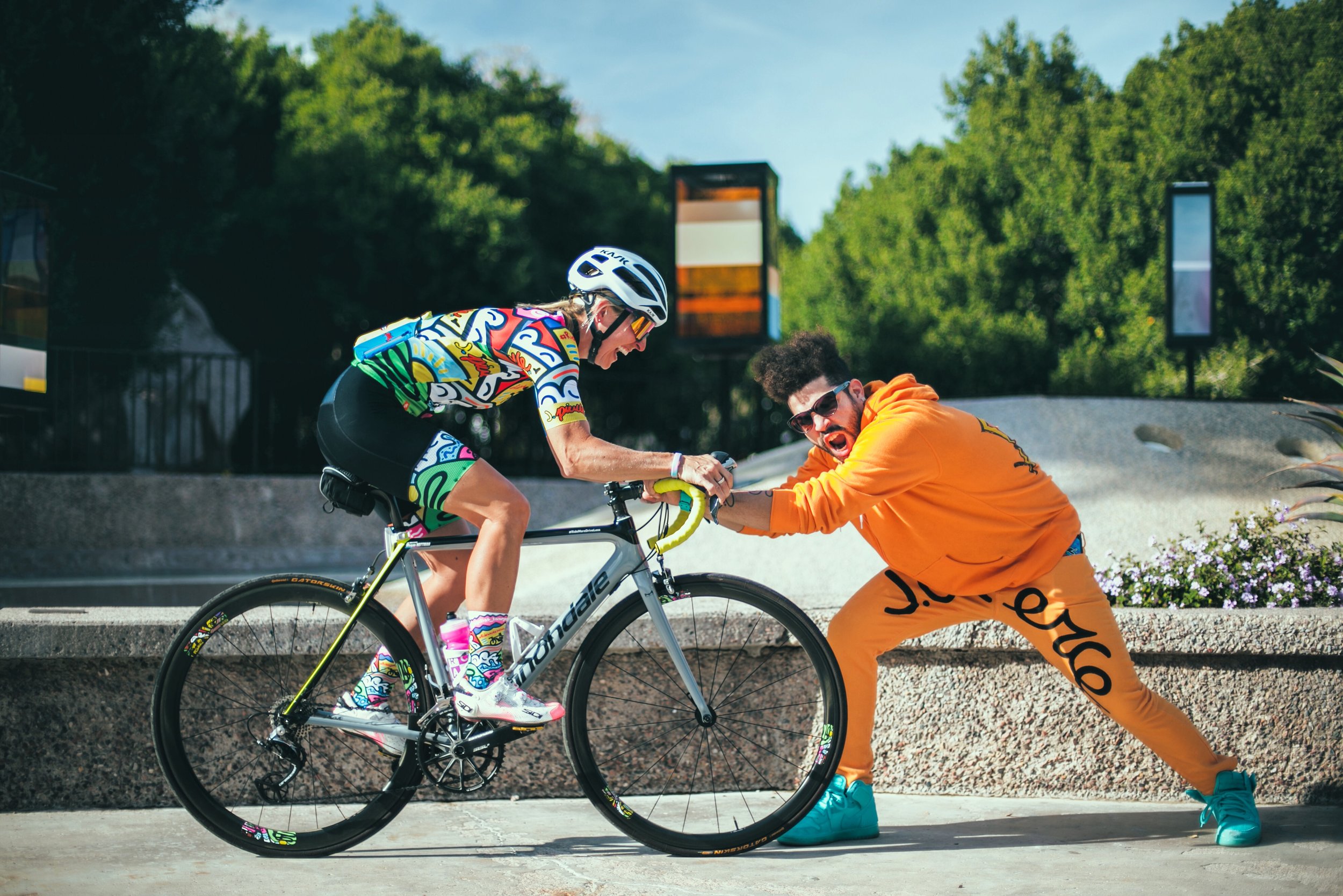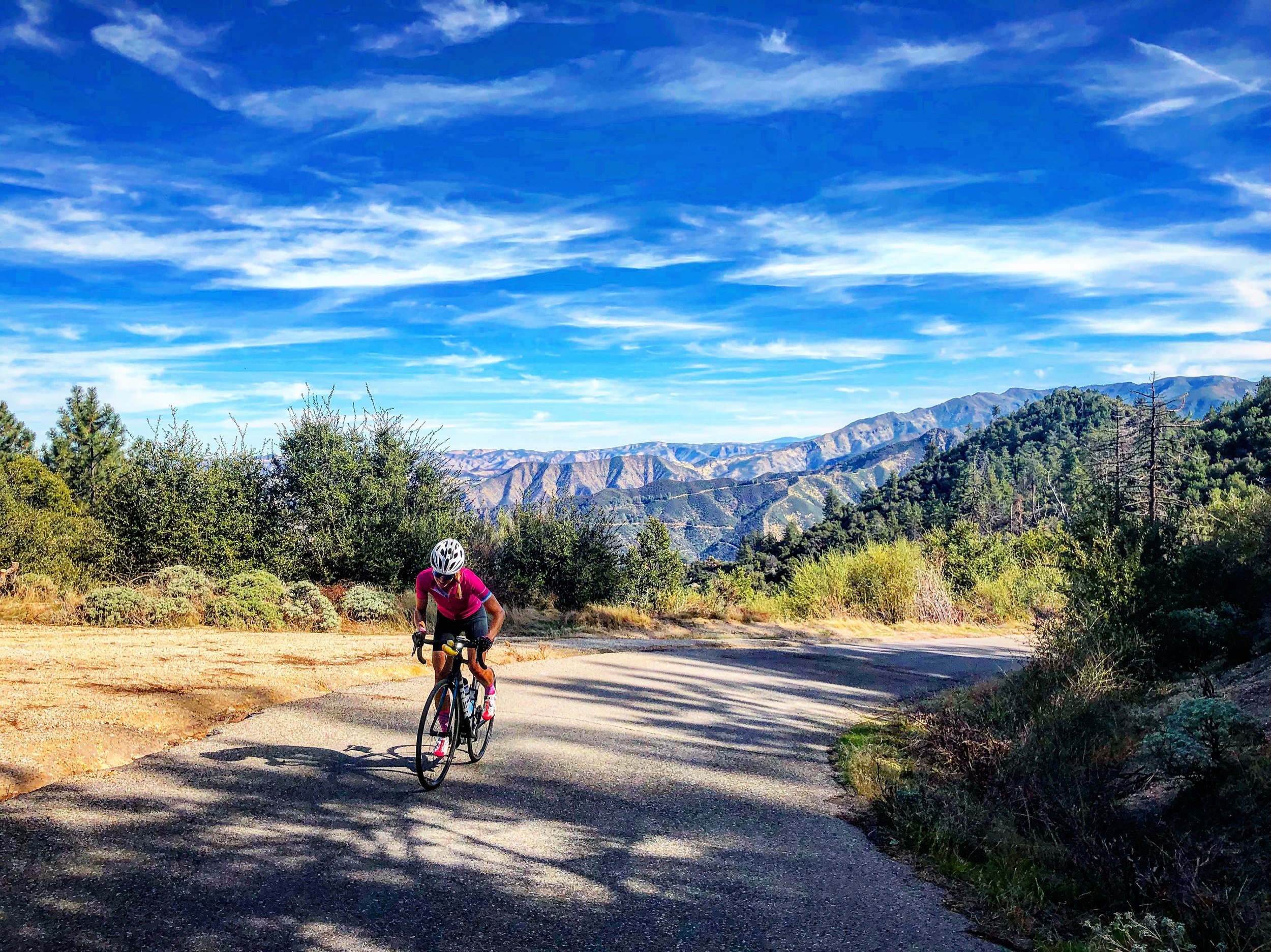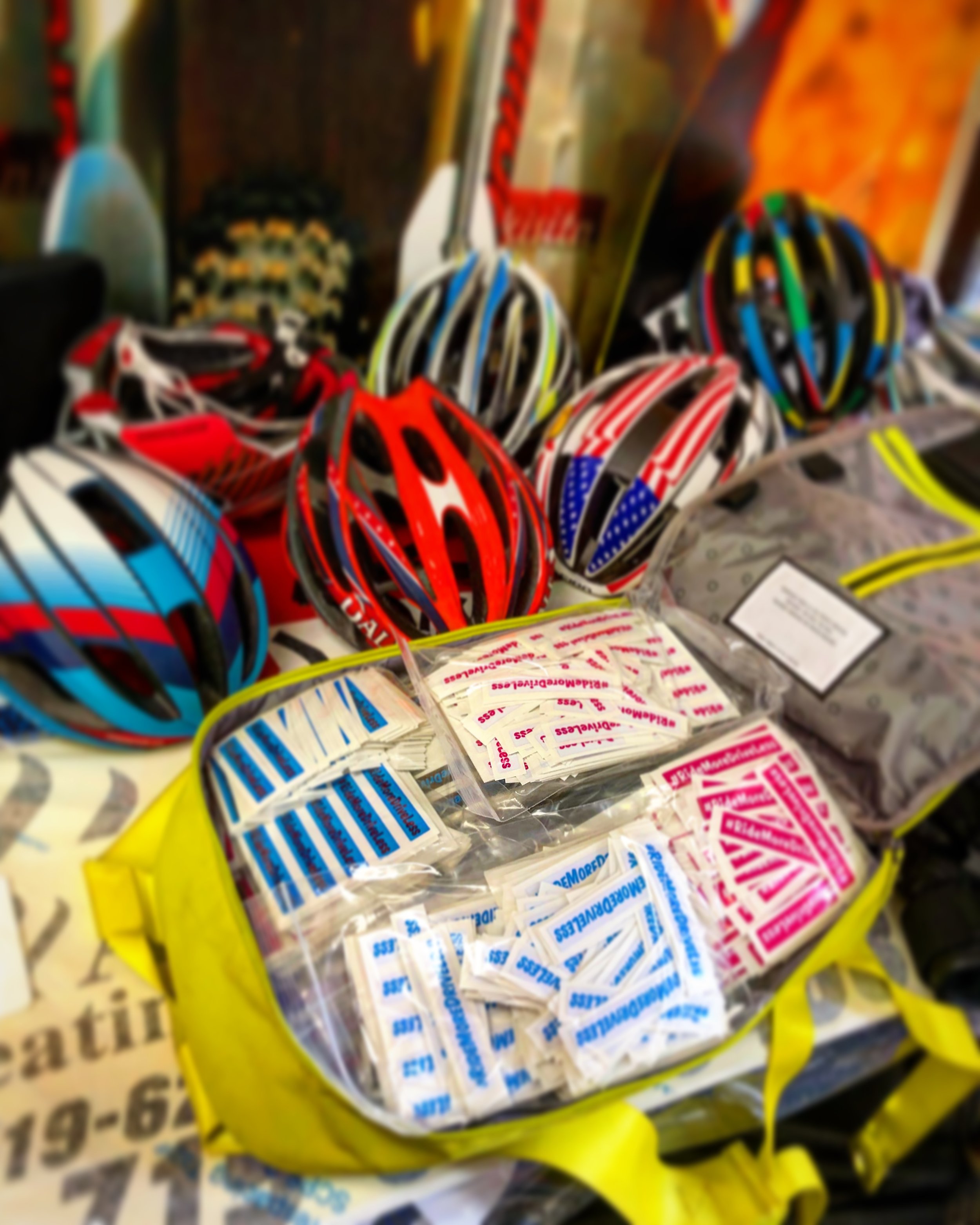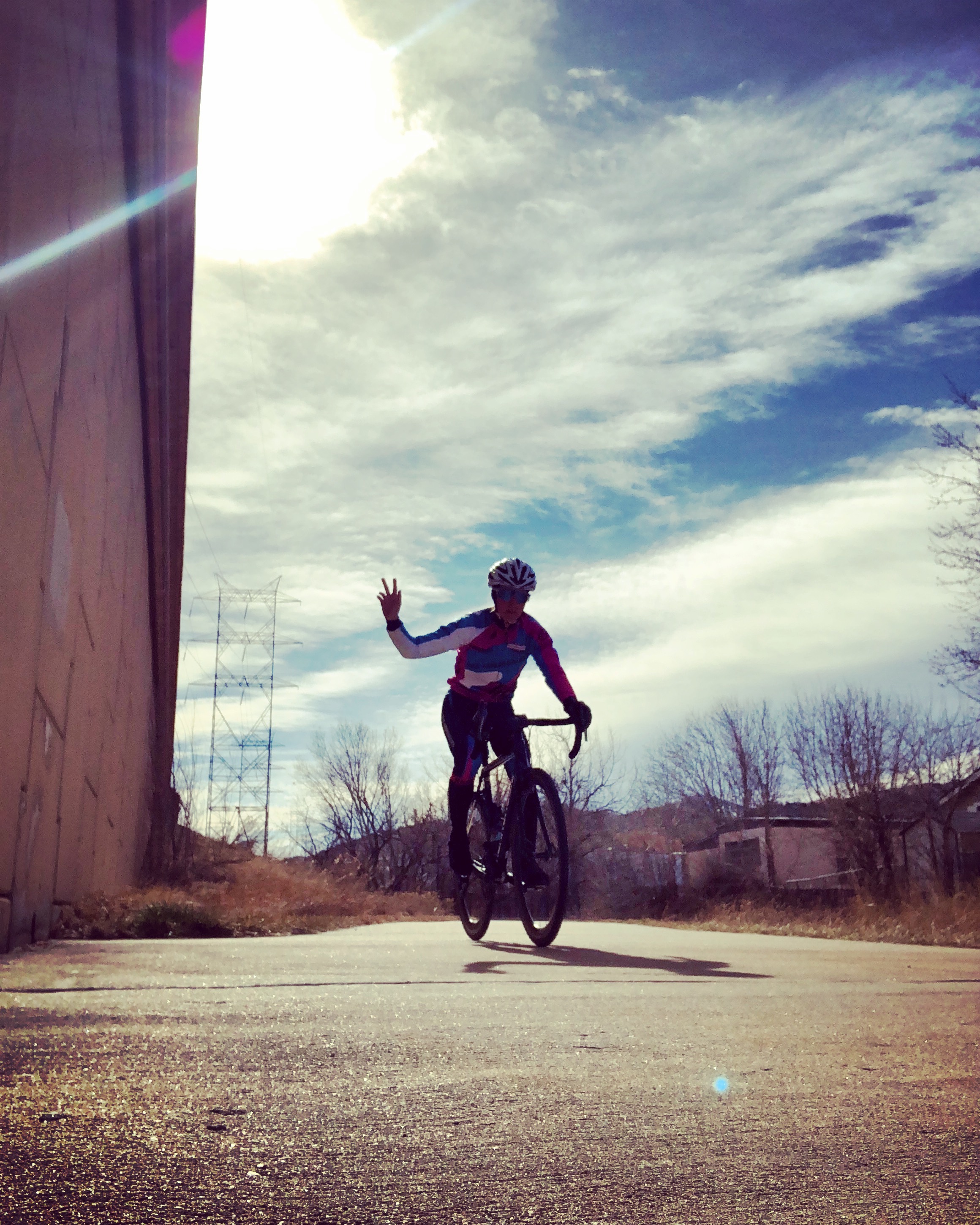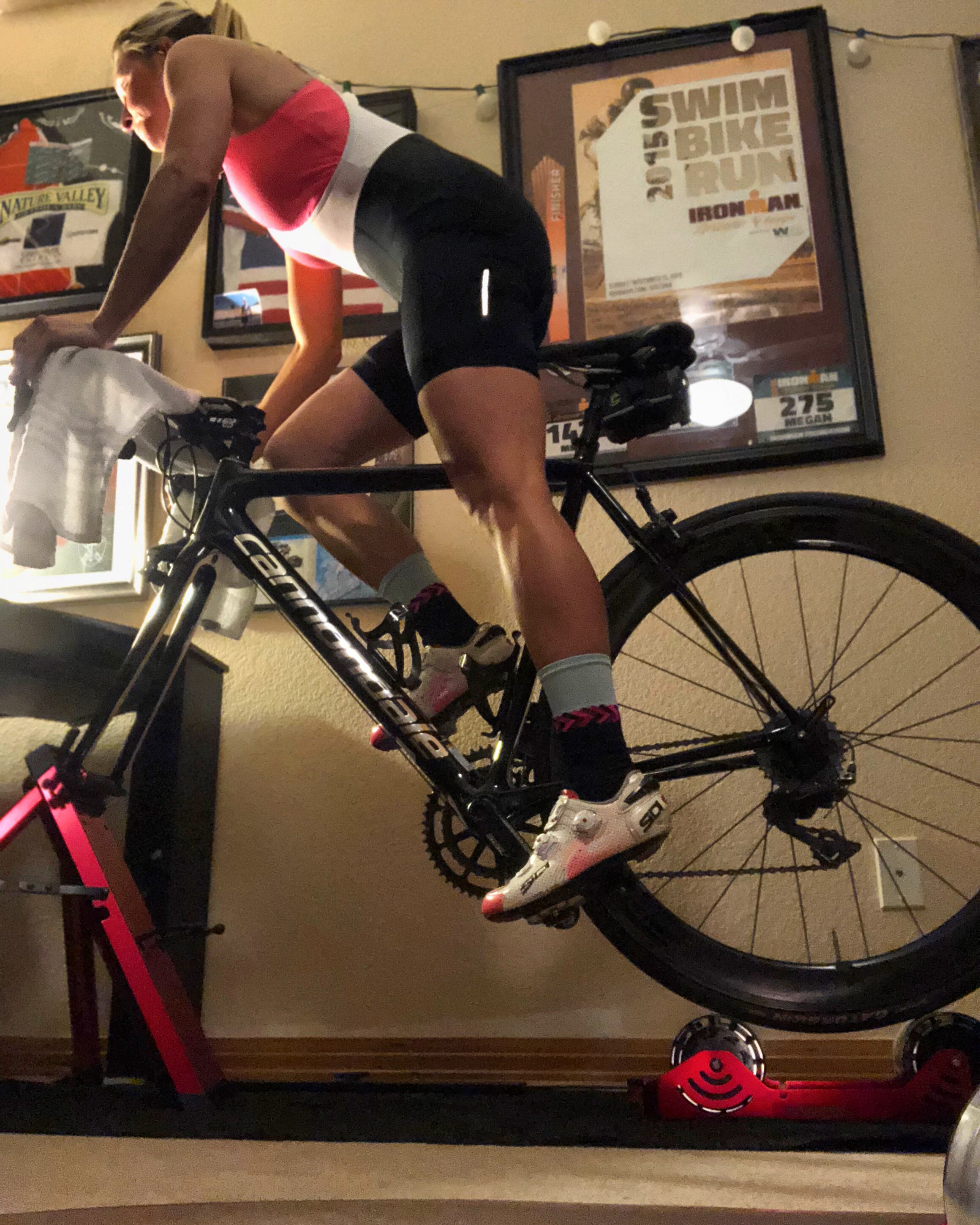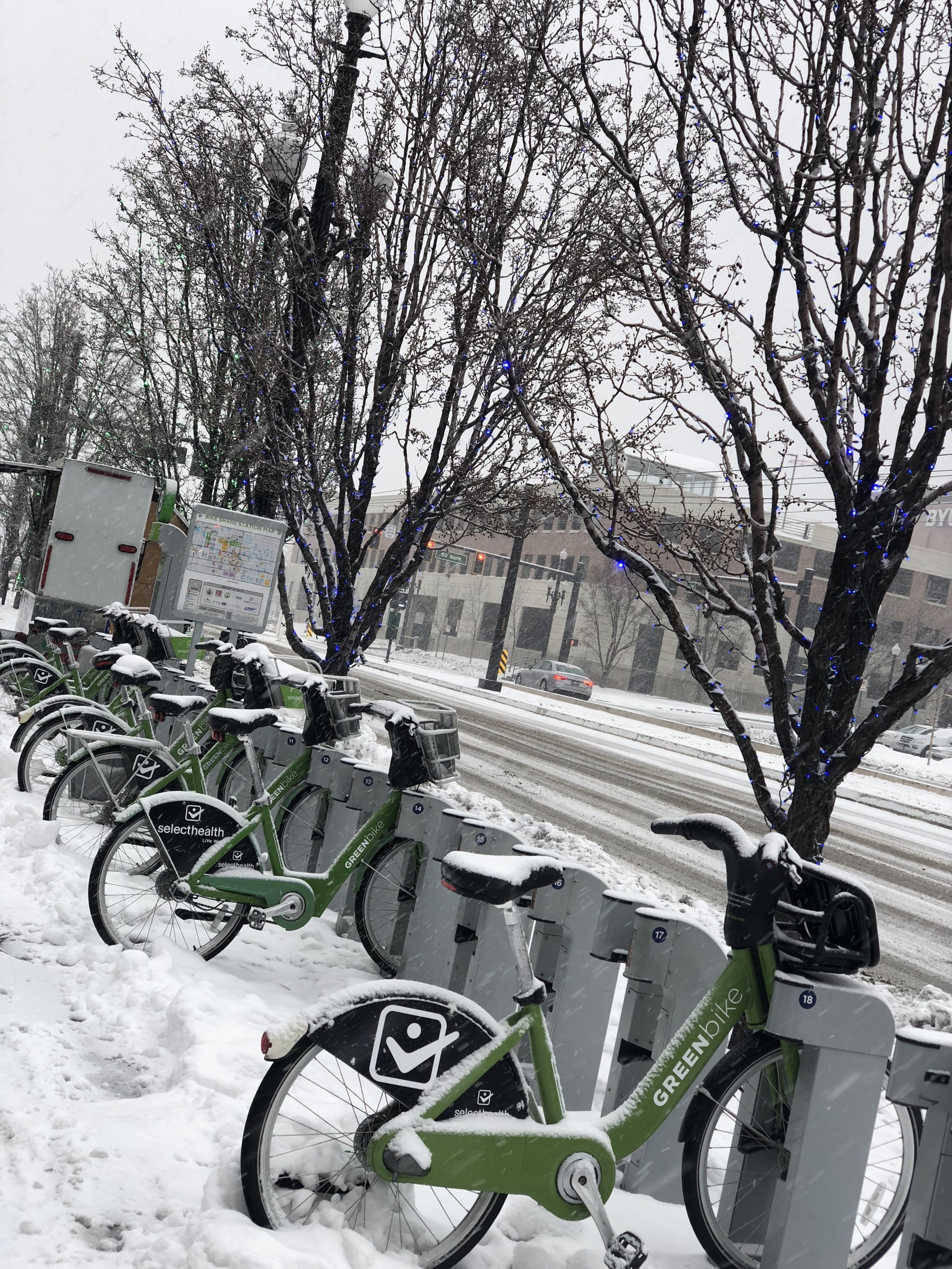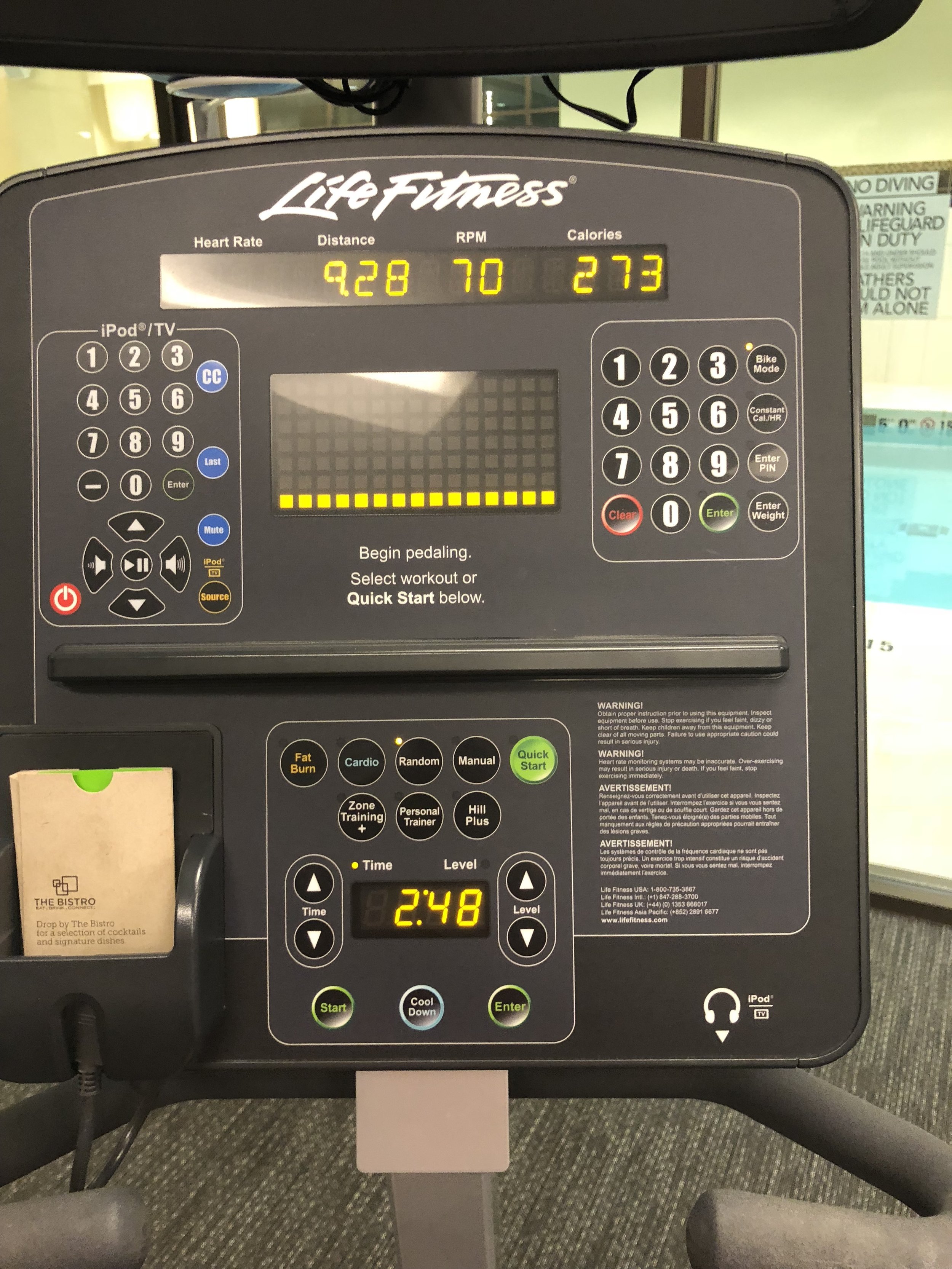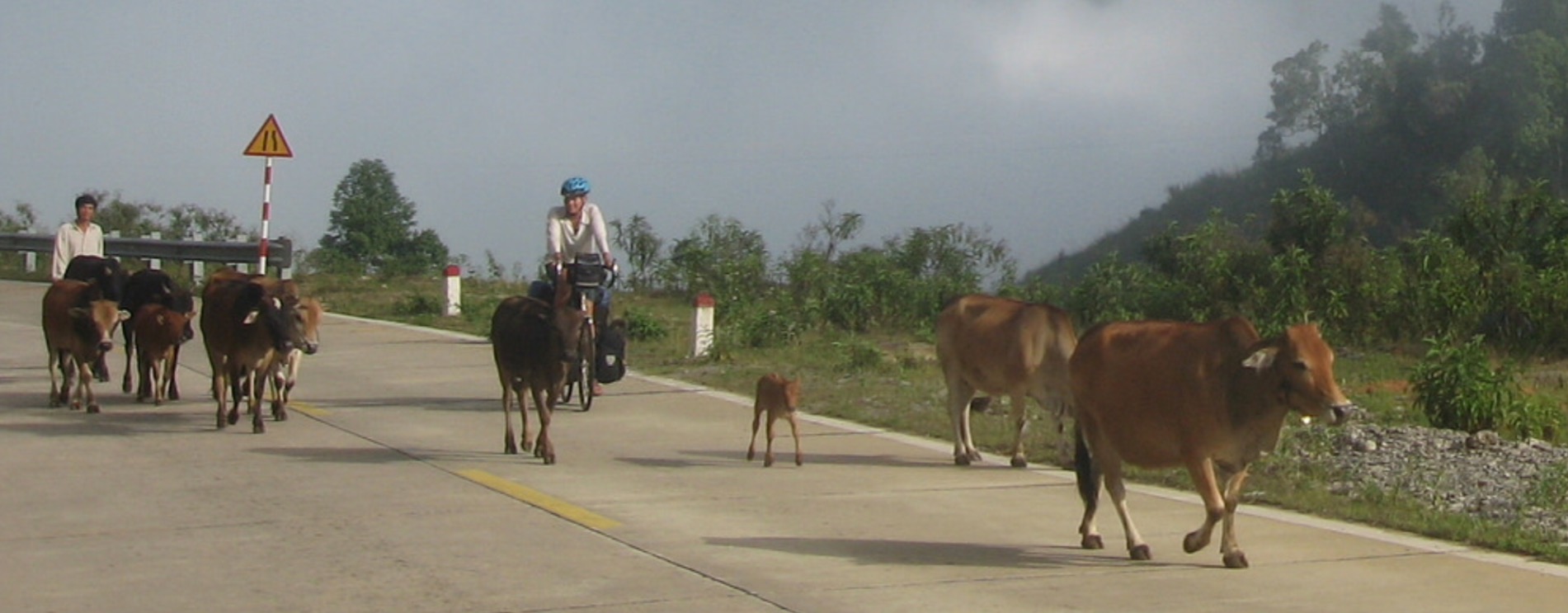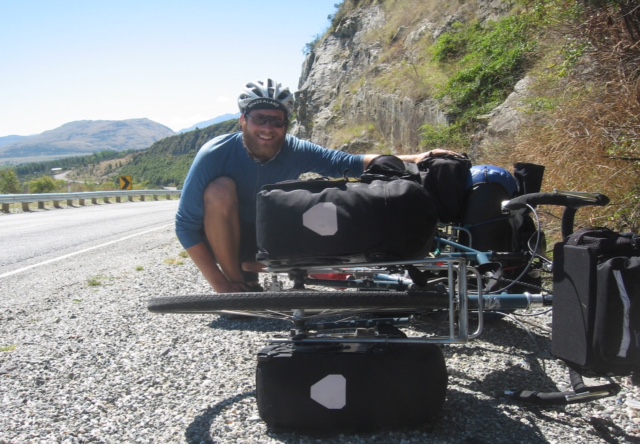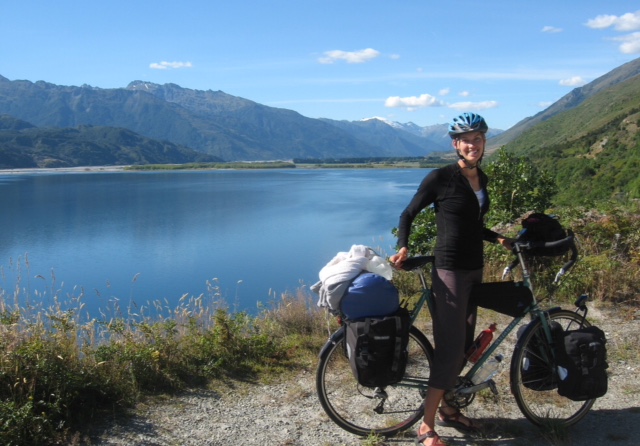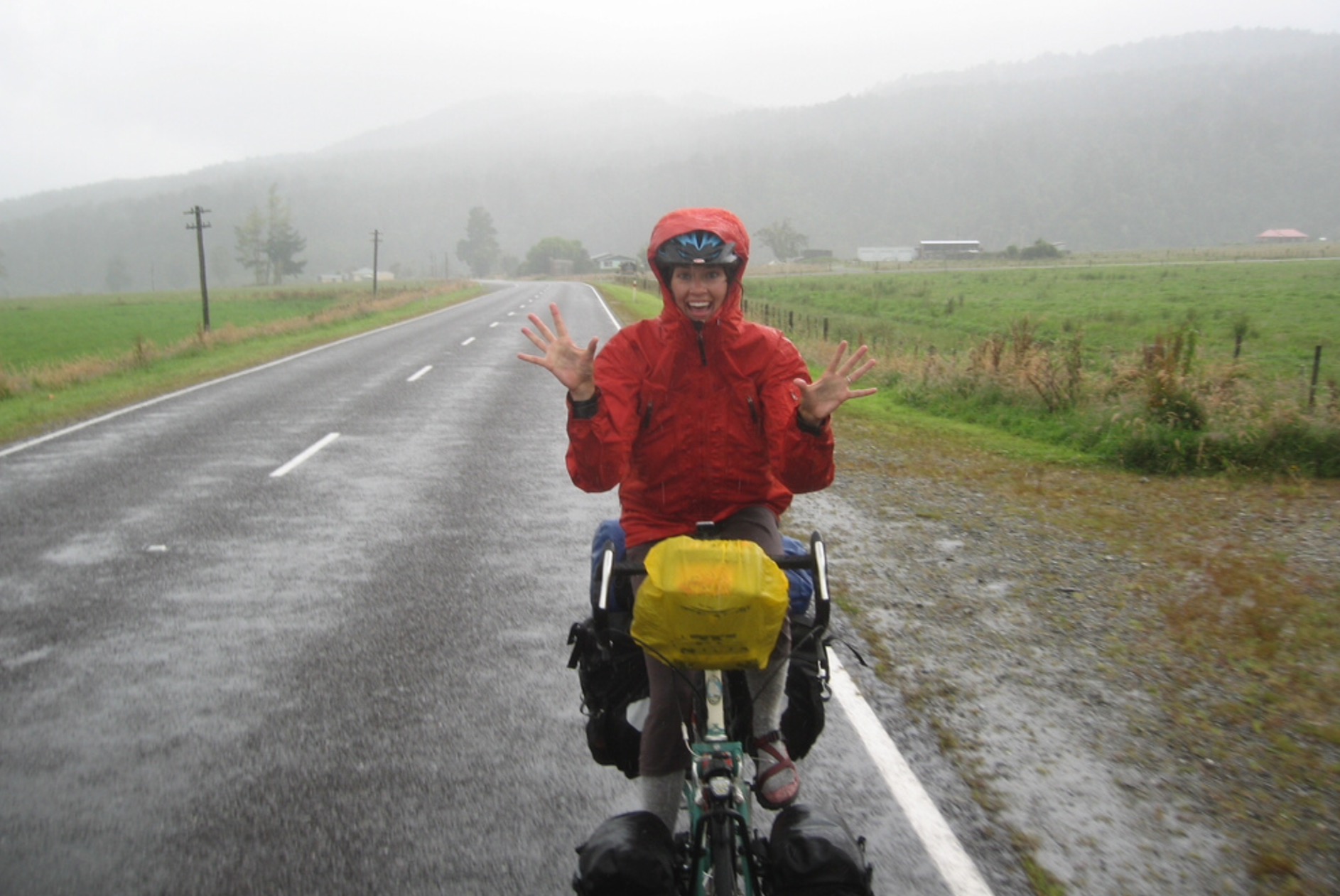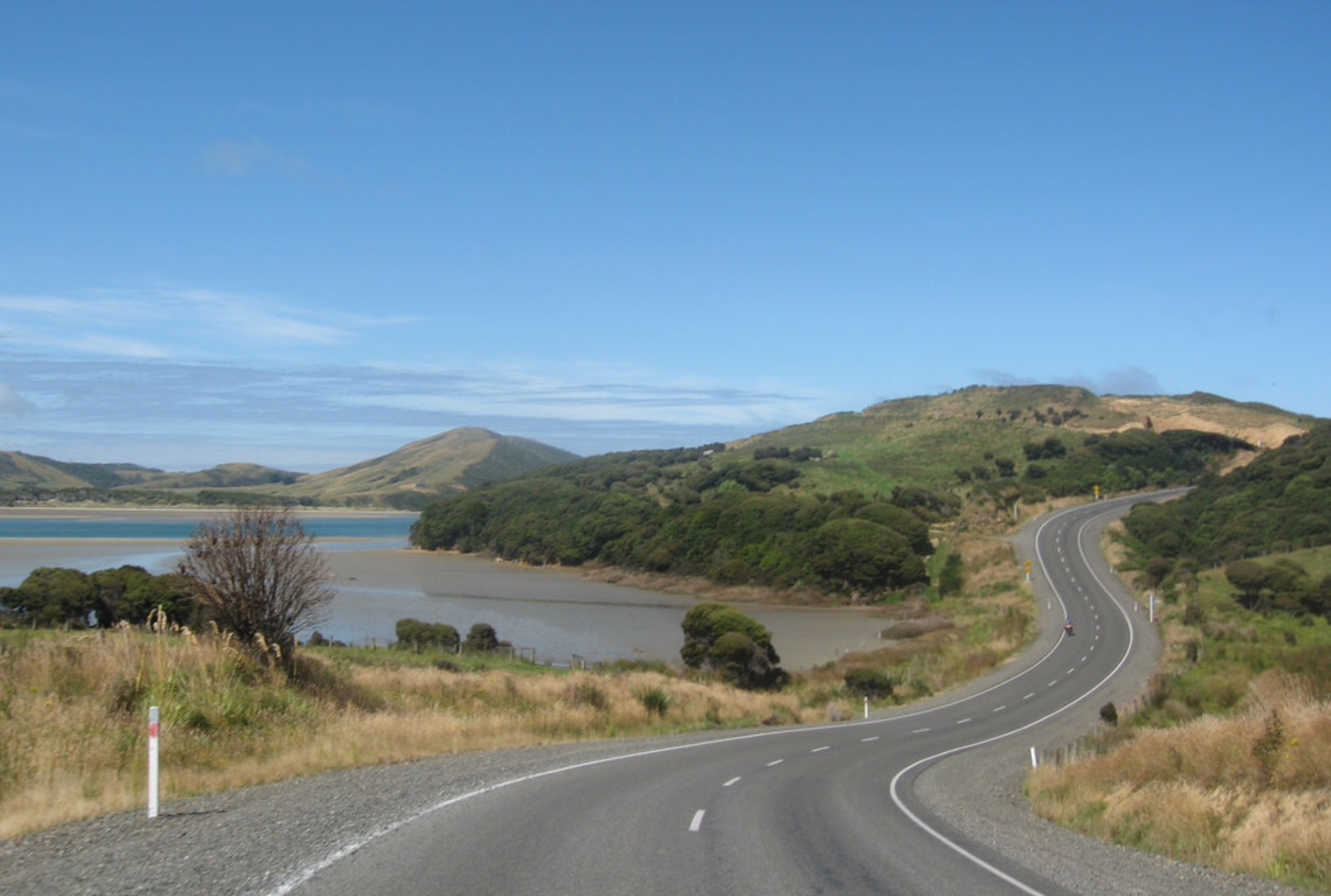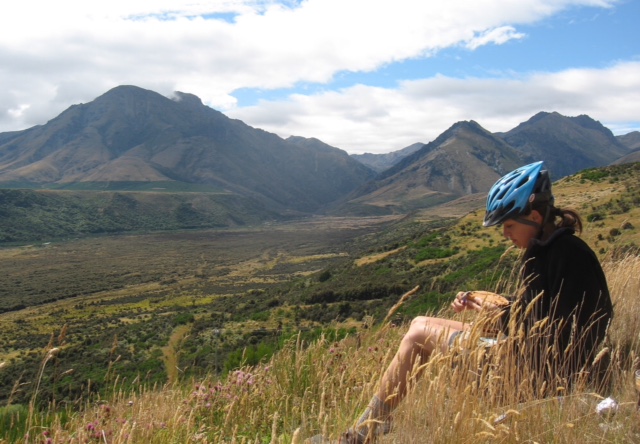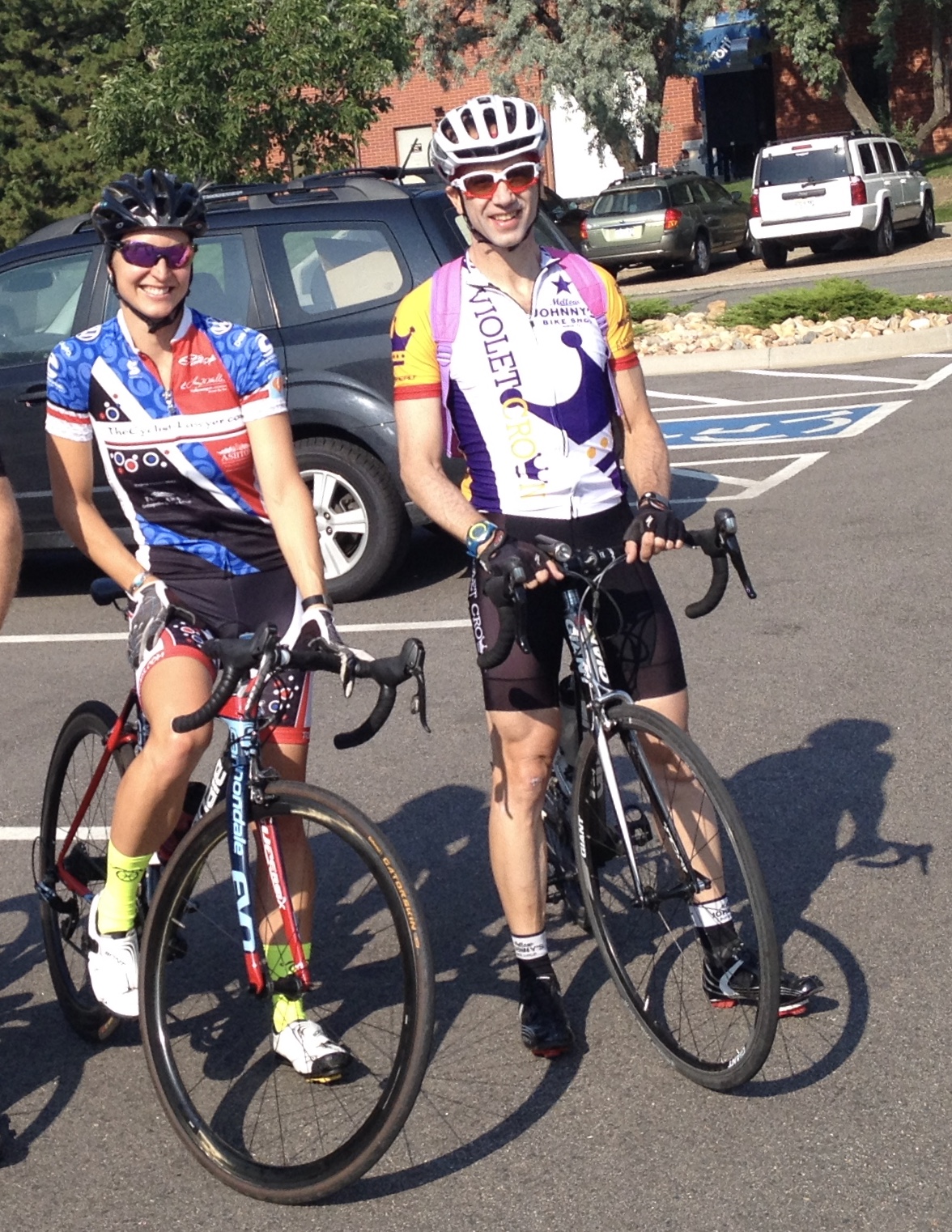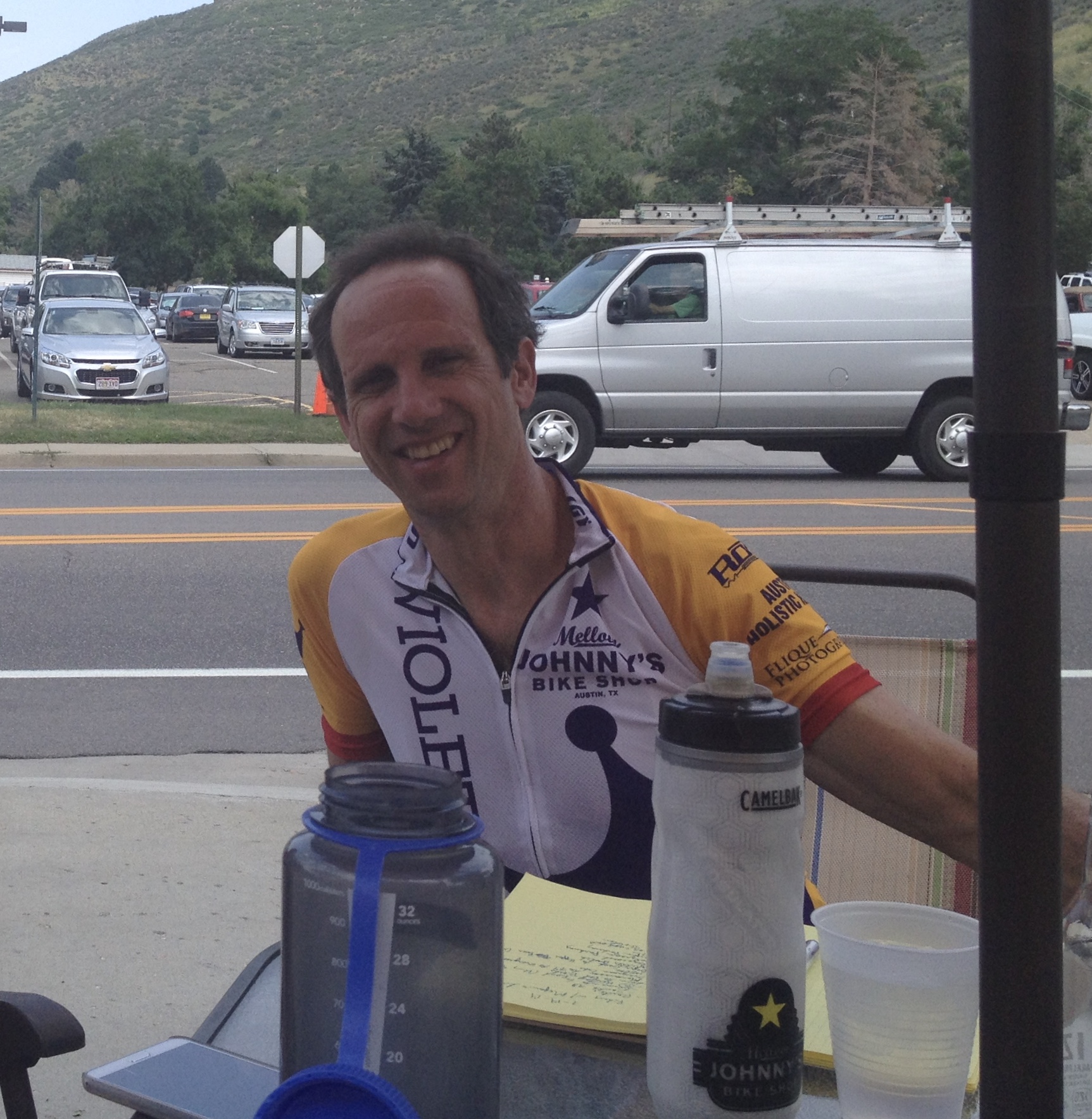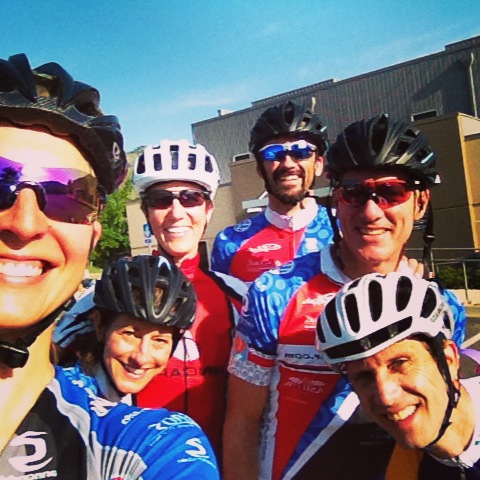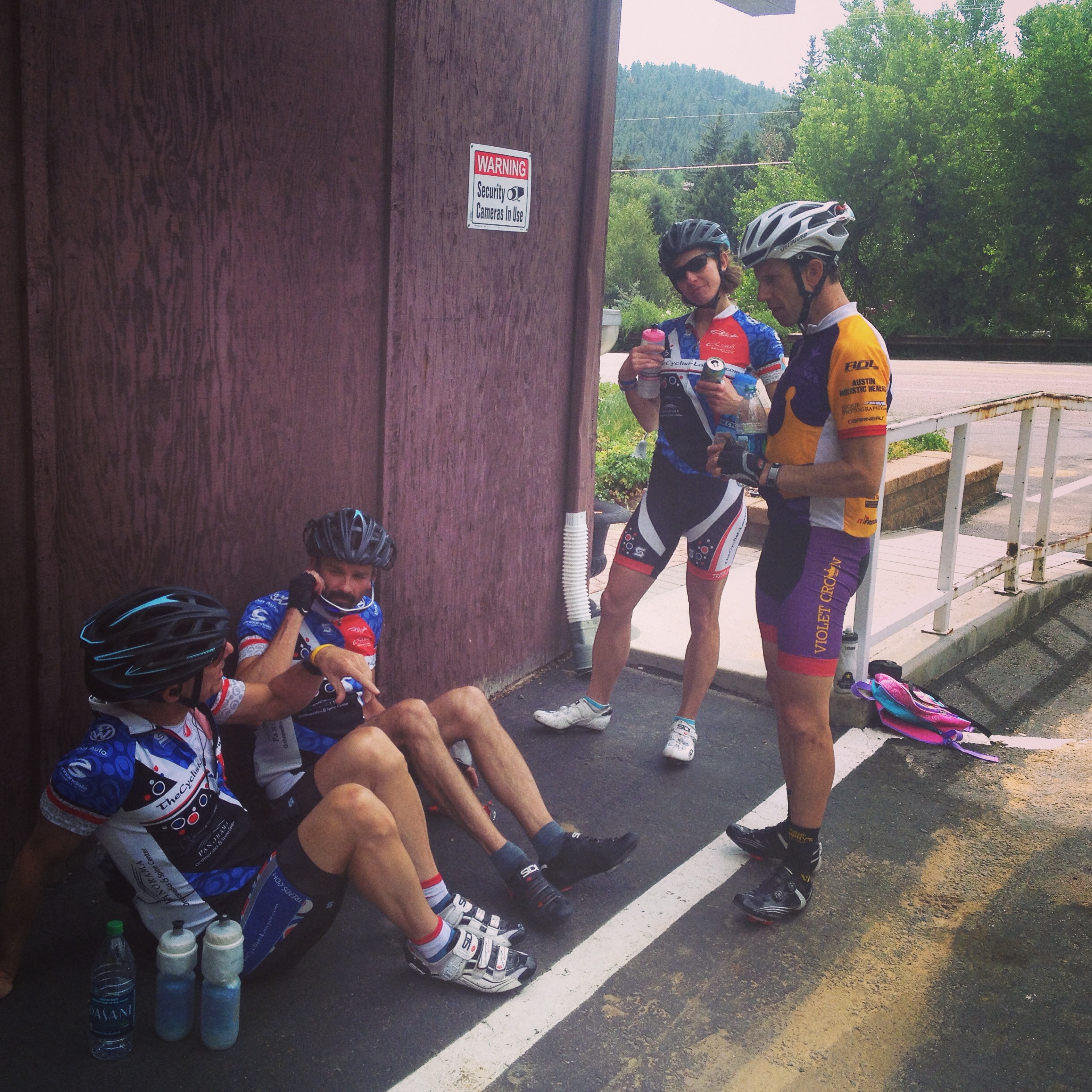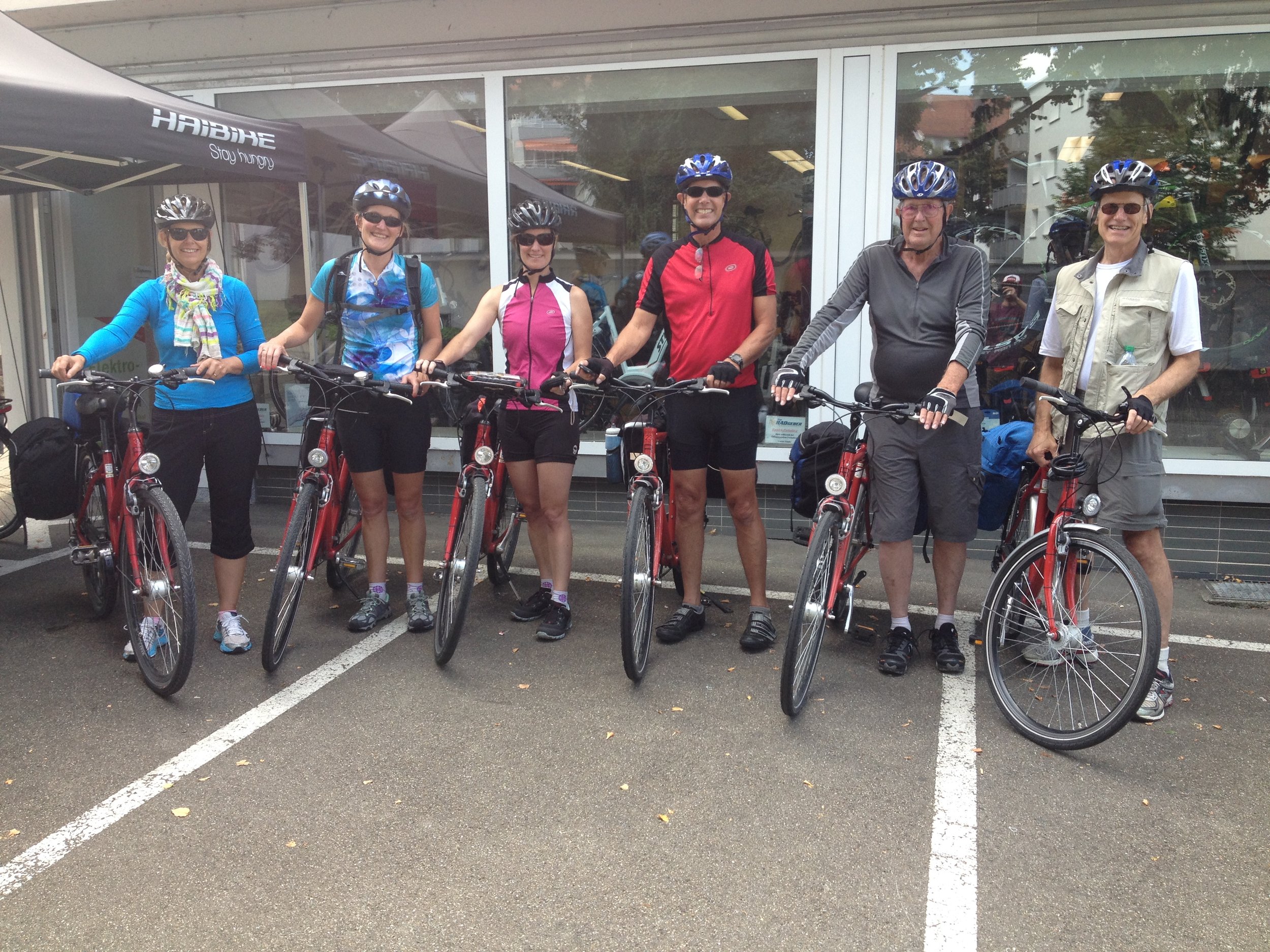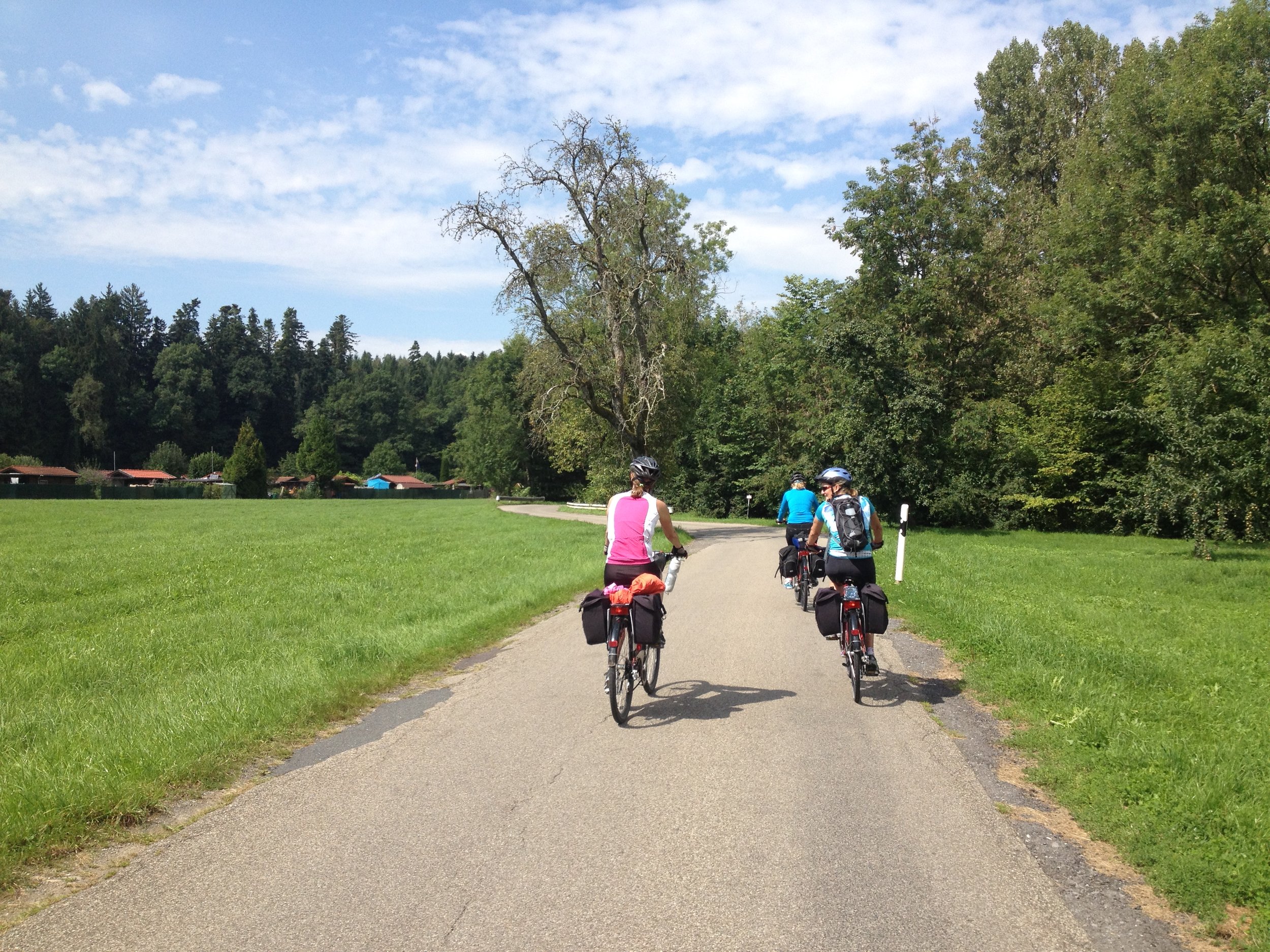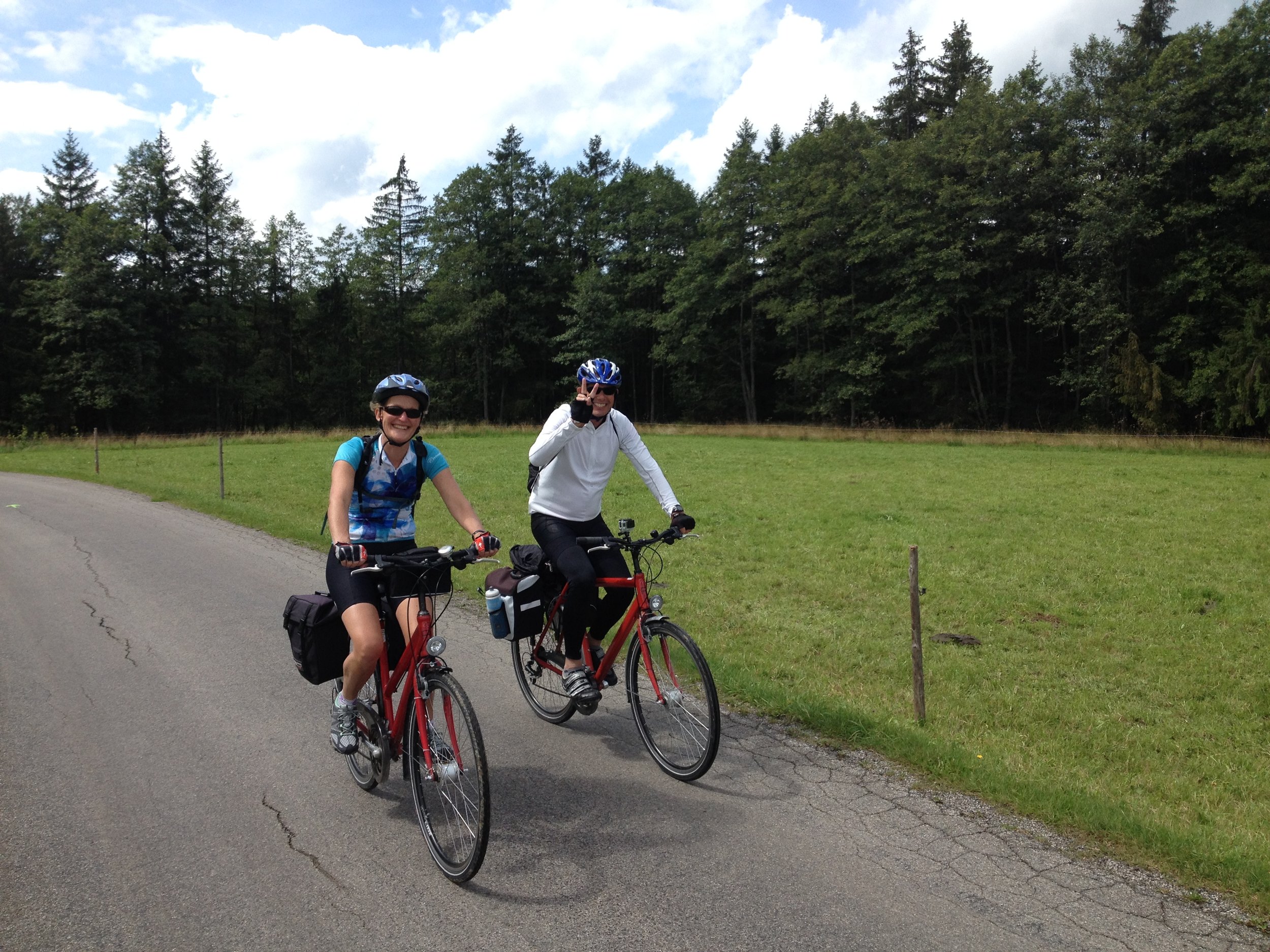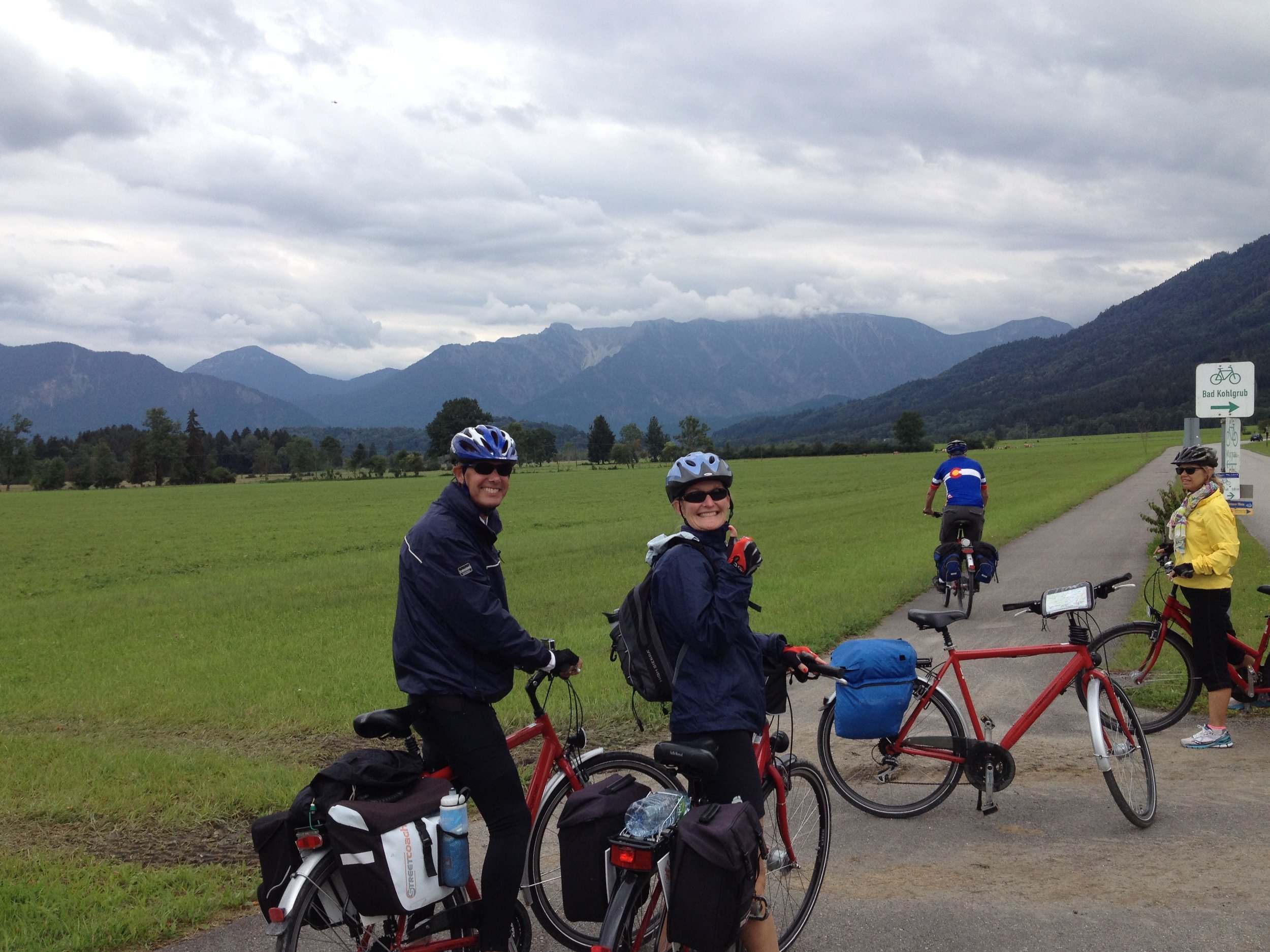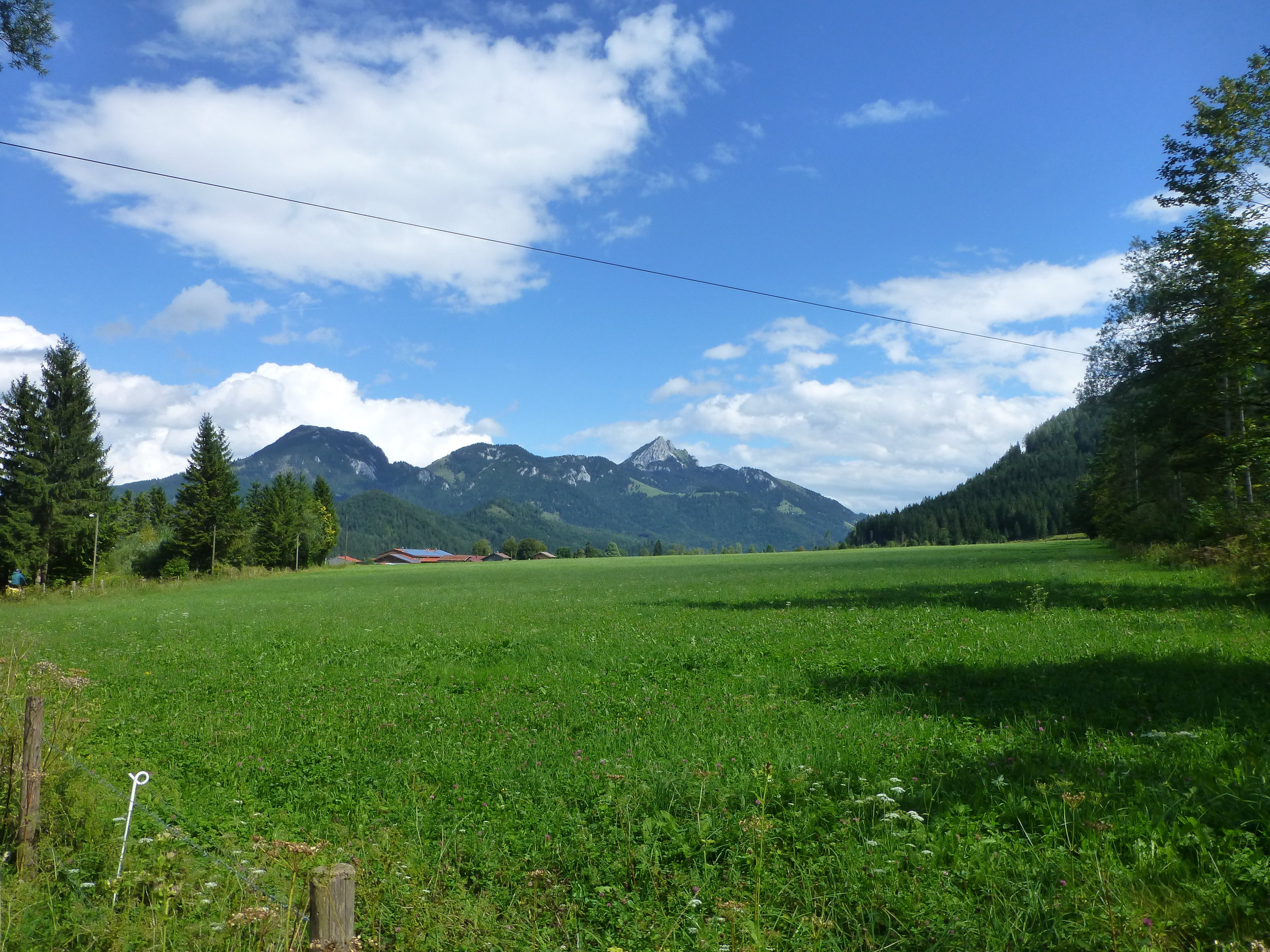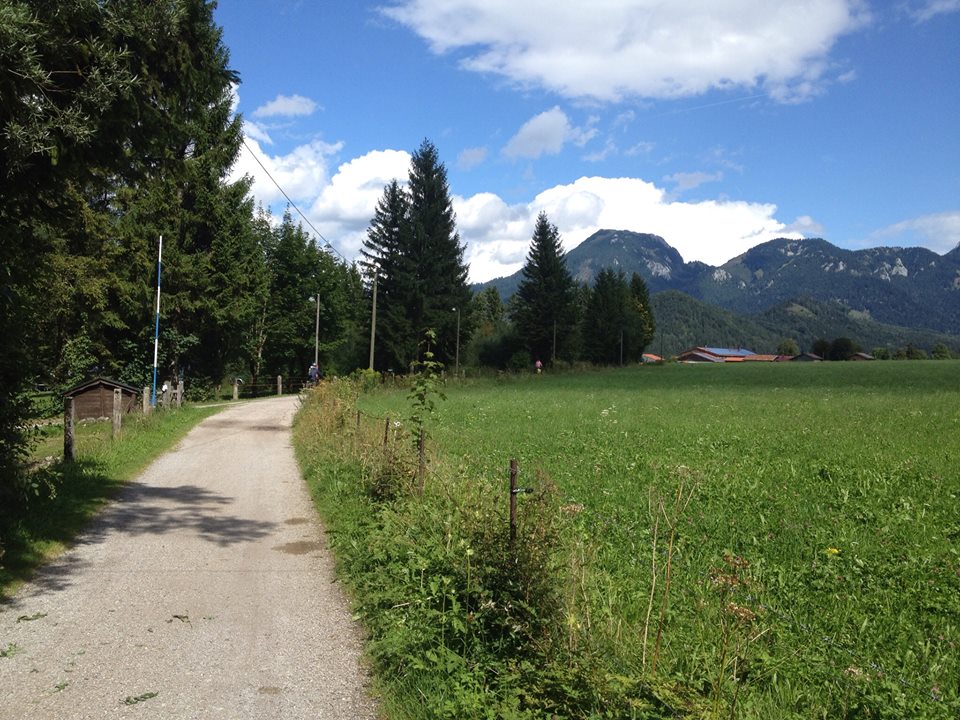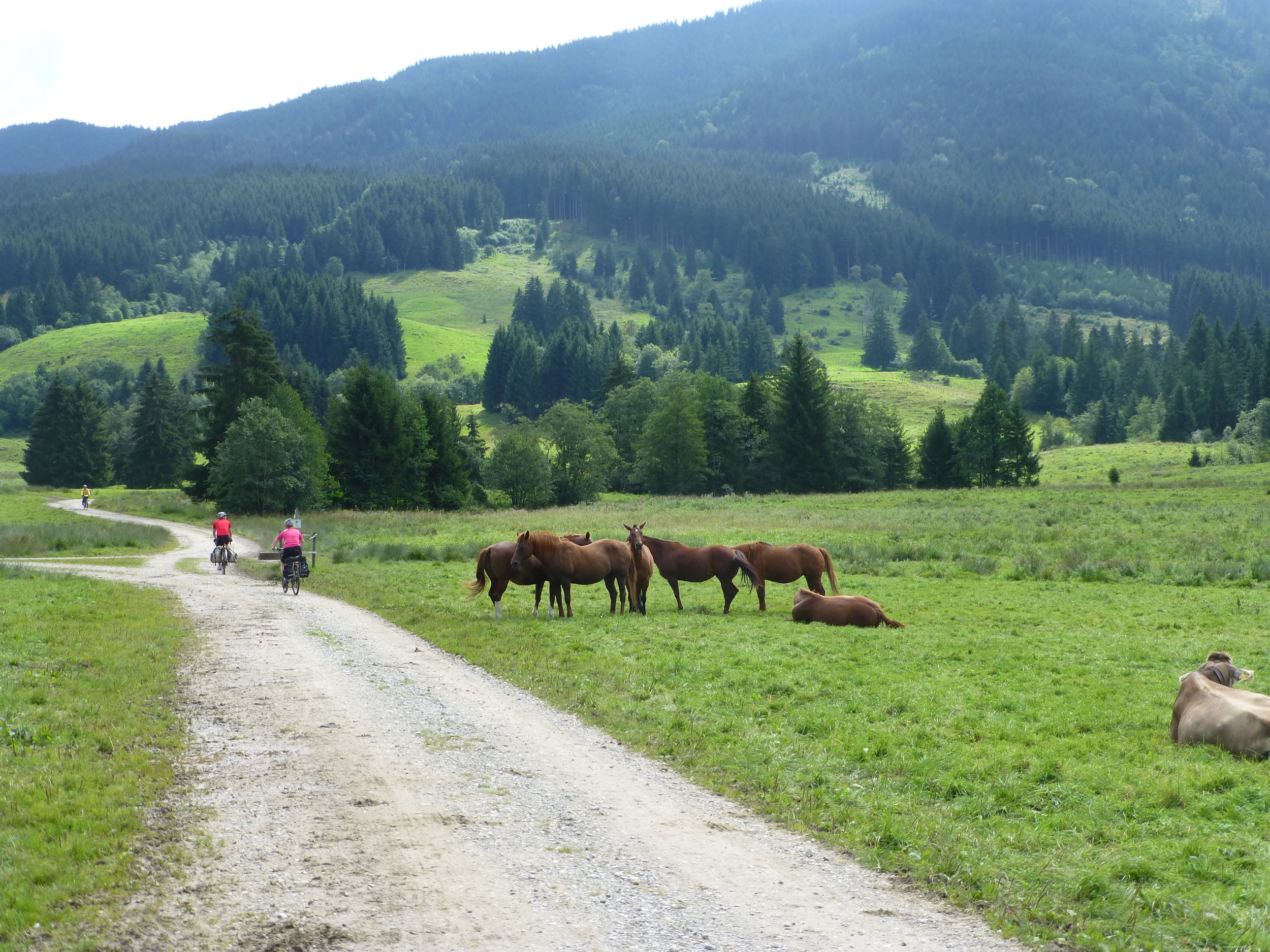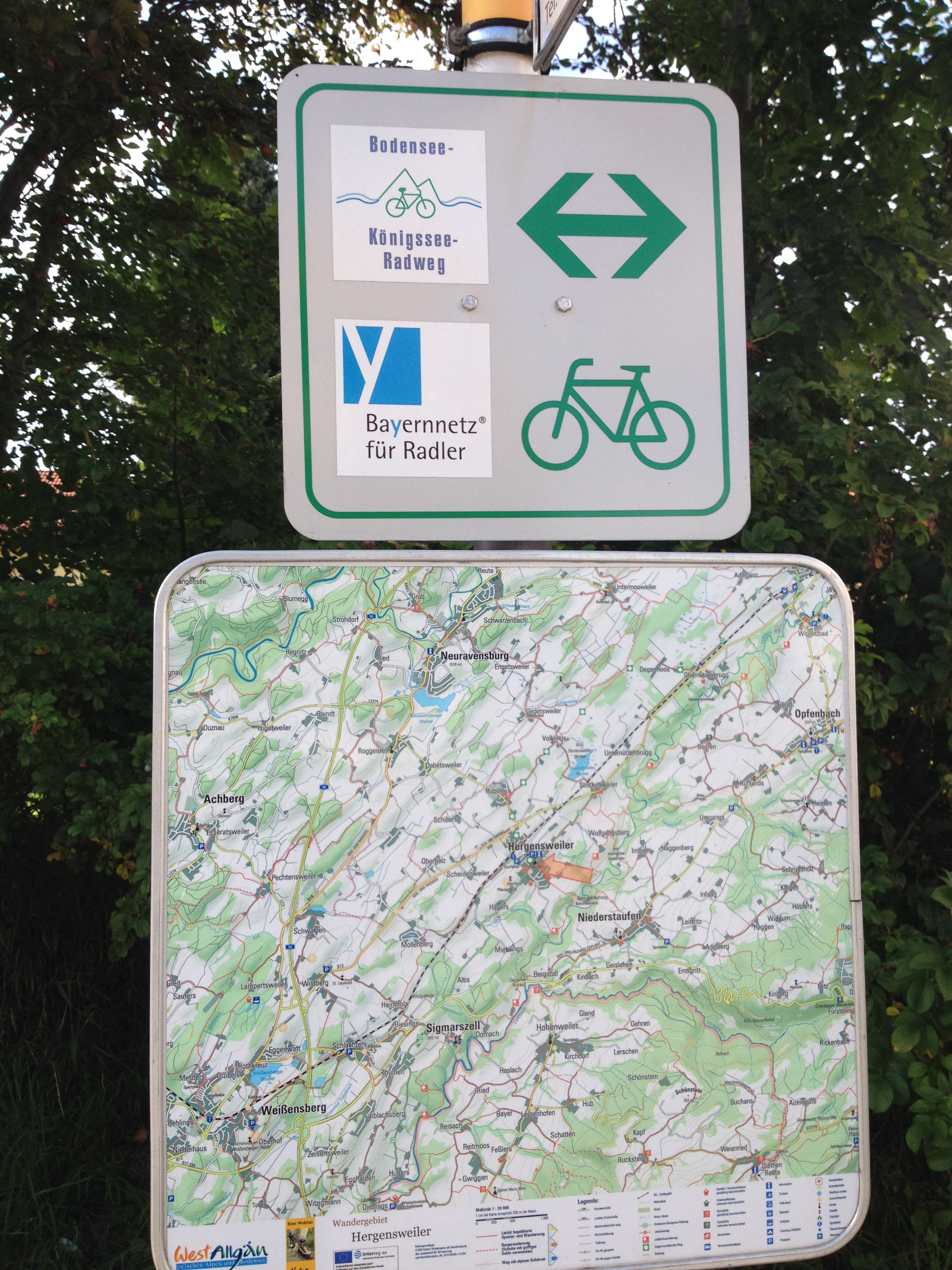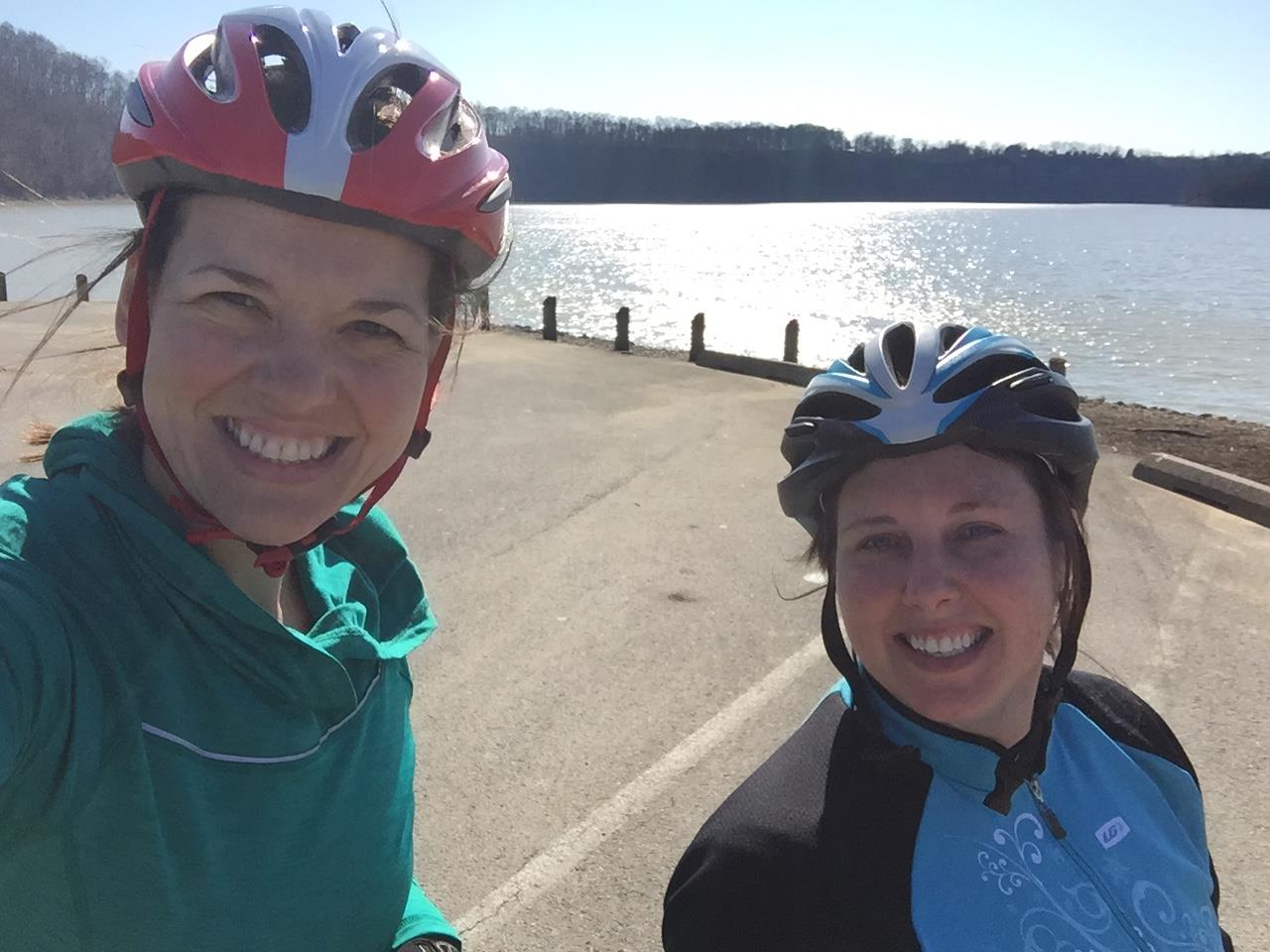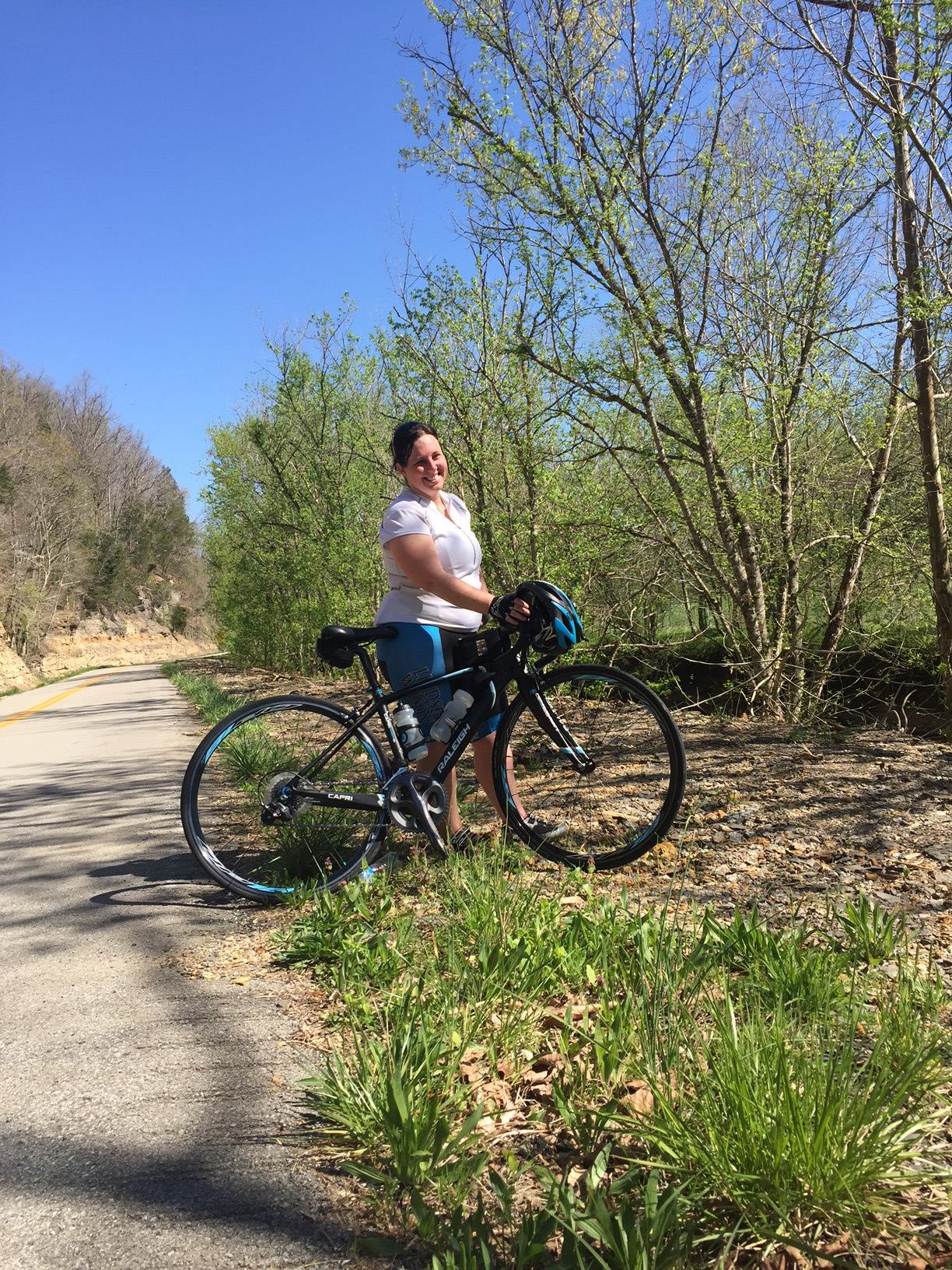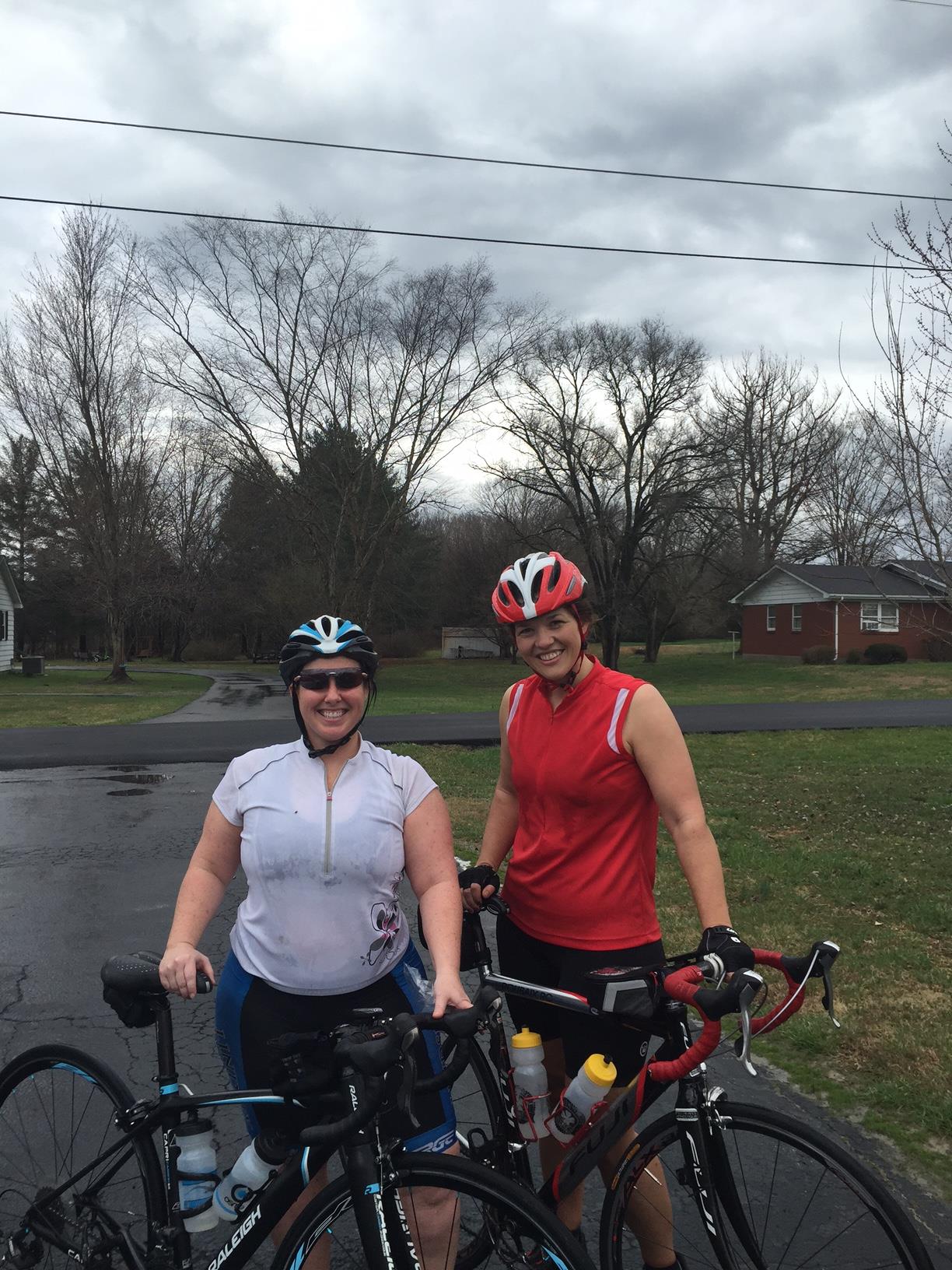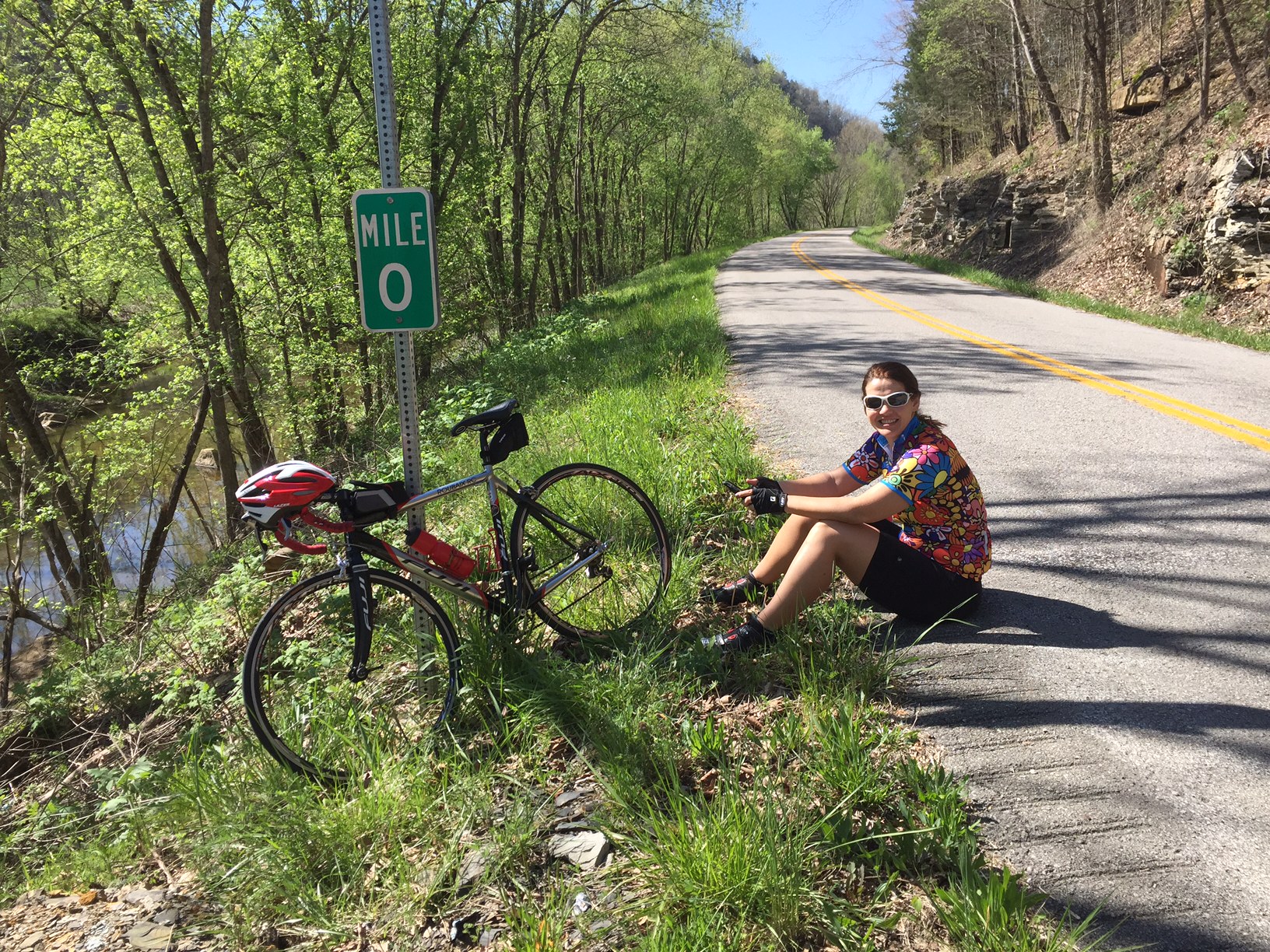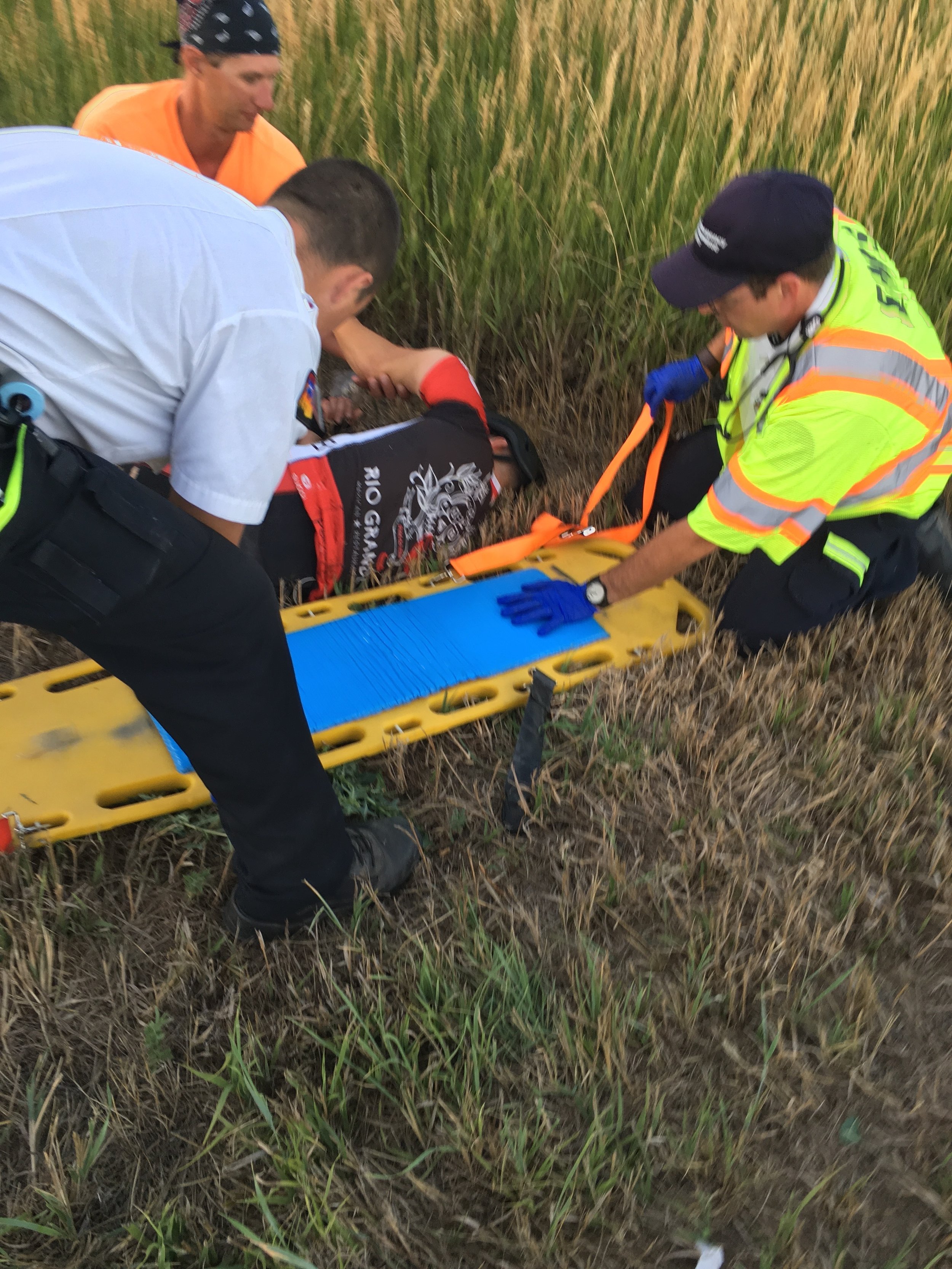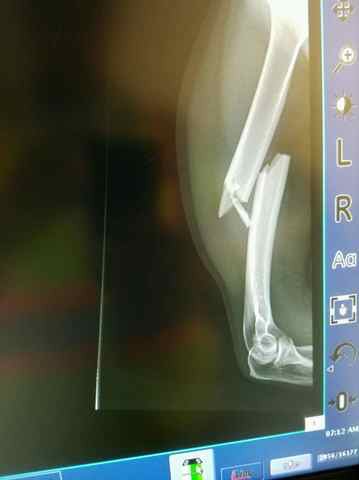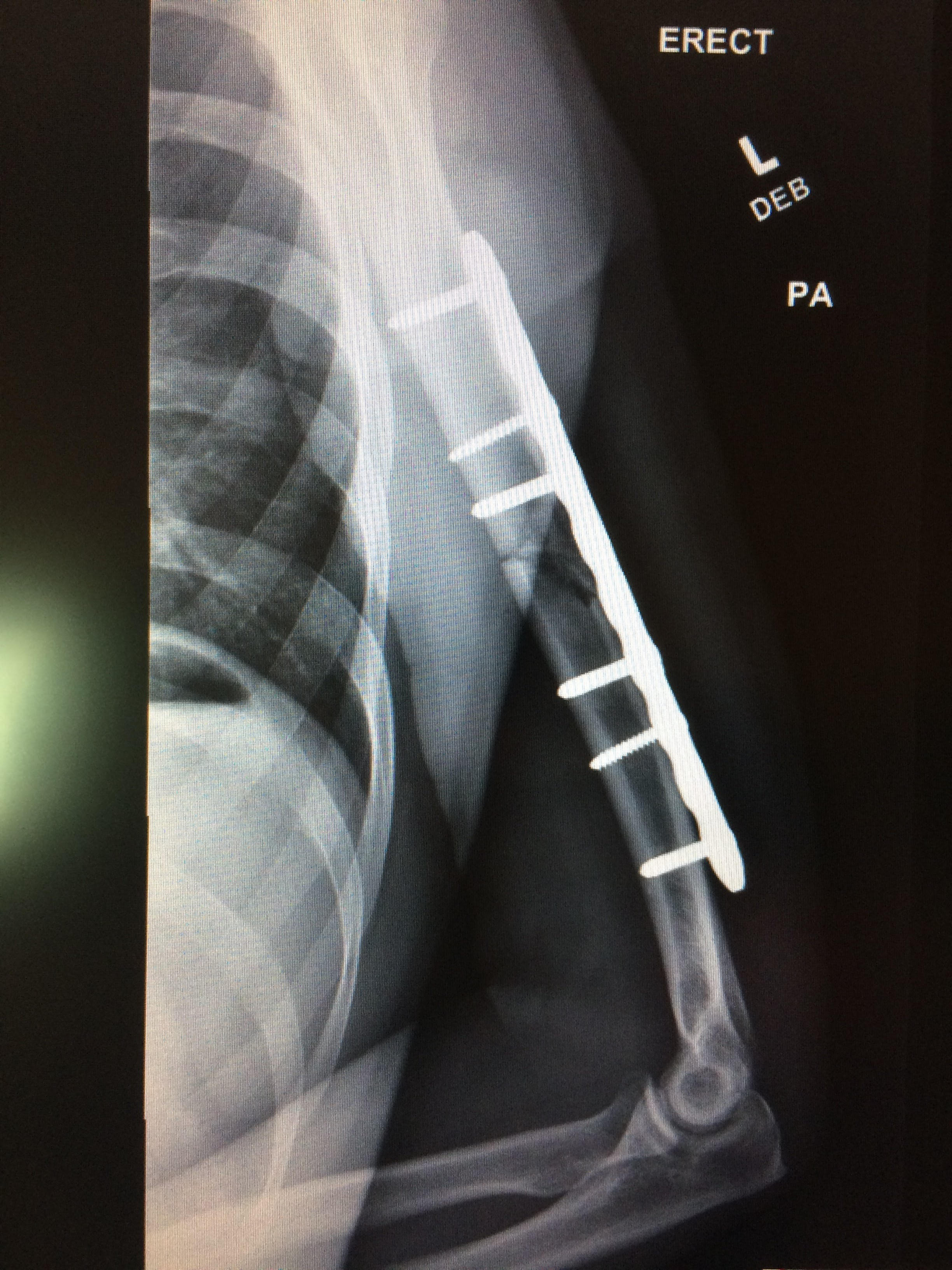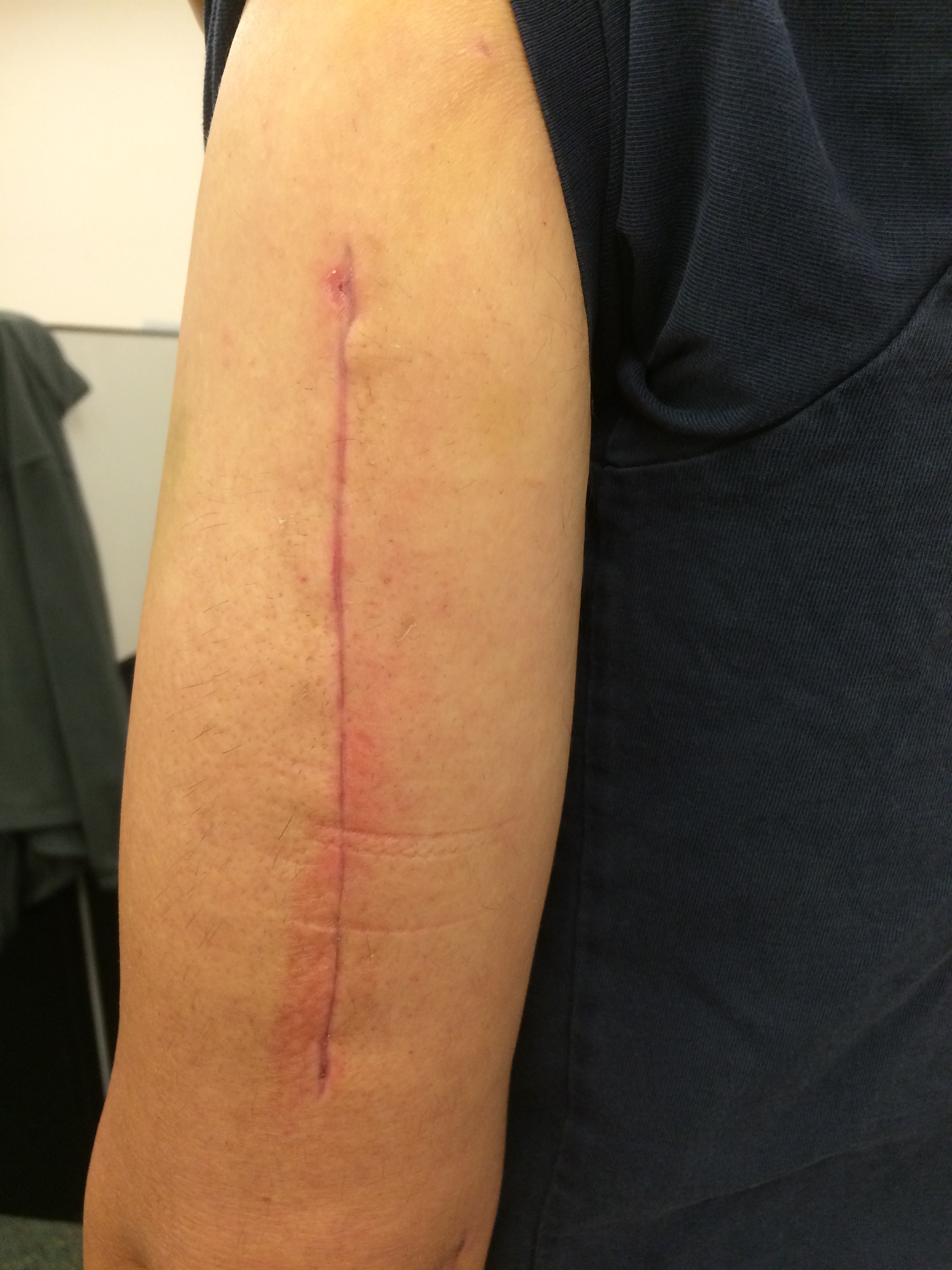Somewhere between midnight and 1:00 a.m. Monday morning, they were released on pain medication from the hospital in Louisville. Rebecca was told to follow up with her local doctor if her symptoms worsened.
Wally, Chris and Rebecca’s son, Cole, had come up from Columbia and were there to drive them home. It was about a 1 3/4 hour ride home. Laura has no memory of leaving the hospital, the ride, arriving at home or the next few days. People came and went. What Laura remembers more than anything is the pain. It took two people to help her get up and go to the bathroom. She needed help to shower and to change clothes. Her back still hurt so badly and she was miserable.
The next days were filled with doctors’ appointments for Laura. She saw an orthopedic doctor for her back, an eye doctor due to blurry vision and a neurologist. She had to go to the hospital for additional x-rays because she was so bloated and was not able to have a bowel movement. A trip to the ER was necessary after developing a severe headache and feeling sick after drinking Magnesium-Citrate to help with bowel issues. A CT of her head and abdomen were done and she was discharged with an order for Golytely, which is used to clean out the intestines. Laura’s nurse friends came over on the weekend to help her. They tried everything including home remedies and had her walk around until she could not go anymore because of the pain. Needless to say, she was miserable the entire weekend. On Monday, Laura went to the ER in Bowling Green where more scans were done and Laura was given more medication. She was discharged and thought, “I will go home and die and I did not care anymore. My stomach felt like there was so much pressure inside that something could burst anytime.” The combination of pain and medications started taking a toll on her. By this time, she began thinking that maybe she was crazy and it was all in her head.
There were more doctors’ appointments that week. Laura saw a gastroenterologist and followed up with the neurologist on Thursday. She had not eaten anything since Sunday. The neurologist took one look at her and called an ambulance to her office. Laura went back to the University of Louisville ER. It was about a two-hour ride. “It was a bad ride. My back hurt so bad and my stomach had pressure. I was strapped to the board and could not move. I prayed to just make it through the next ten minutes. Then the next ten minutes,” said Laura.
It had been 11 days since the accident. That night, Laura had an MRI and neurosurgery was consulted. A neurosurgery resident told her that the MRI was abnormal. He would review the results the next morning with the attending physician. On Friday morning, the neurosurgery team came in and told Laura that surgery on her back was necessary in the next 2-3 days. She had an unstable fracture at L1-L2 with torn ligaments and the disc was protruding into her spinal cord. Laura did not want to have surgery and asked about her options. The attending physician responded, “Your back is not stable. We can put you in a brace but you will be paralyzed in less than three months.” Laura requested a second opinion by a neurosurgeon. He agreed that there was no other option but surgery.
The following Monday, Laura underwent a 6-hour back surgery in which two rods and seven screws were placed. She was in severe pain after surgery and although on IV pain medication, it was difficult to keep it controlled. On Tuesday, therapists helped her get out of bed. Moving was painful. She would get light headed and dizzy every time she got out of bed. The pain was always worse at night. “I would cry and cry in pain every night. I hated nighttime,” said Laura. It seemed like the pain was getting worse after surgery. The pain, dizziness and bowel problems continued. The pain medication caused Laura to hallucinate.
After two weeks at U of L, Laura was moved to Frazier Rehab. Here she began to get a sense of independence back. She learned how to get out of bed by herself, how to put on socks and shoes and a bowel program was started. It was determined at Frazier that Laura had suffered a mild traumatic brain injury. She had daily cognitive therapy along with physical and occupational therapy. The therapy made her so tired that she would sleep after every session. Laura was sensitive to noise and movement. The first time her therapist took her outside, she wanted to scream. She covered her face and then her ears with her hands. It was too much stimulation. After two weeks at Frazier, Laura went home.
Wally was able to get time off from work and stay with Laura from the moment she was readmitted to U of L until she was released from Frazier. “My employer let me take off work as much as I needed,” said Wally. “I often felt helpless, but I stayed as much as I could.” Each room at Frazier had an extra bed for a family member. Wally, a friend or family member stayed with her. She was alone only one night during the entire time. Once Laura came home, Wally did the laundry for months because the washer and dryer were in the basement and he helped out with housework more than usually.
Although Rebecca’s injuries did not require surgery, her recovery at home following the accident was difficult and painful. She had bruising up and down her leg and swelling of her arm. The cog from her bicycle left a bruise on her backside. Chris remembers that she did not move very much. She would lie on the couch and sleep a lot. There was not a lot of light in the room and no noise. The TV was never on. Rebecca was very sore and stiff. After about a month, she started therapy. She went through cognitive rehab therapy, physical therapy, saw a neurologist and went to a chiropractor and mental health counselor. She describes herself as tough country girl and a ‘badass’ who has always been able to cope and handle situations on her own, so it is hard turning to others for help.
The accident has been life-changing for Laura, Rebecca and their families. By now, the visible injuries have healed. It is the emotional and physical pain, which no one can see, that they struggle with every day. Rebecca lives with the frustration of others not understanding what she is going through because she looks ok. “People expect I should be normal again but I am not.”
Rebecca receives 20-30 Botox shots in her head, neck and shoulders every three months. Some headaches are so severe that she has to sit or lie down in a dark, quiet room just to get her “head to calm down.”
As a result of the brain trauma, she takes daily naps to function, suffers from fatigue, confusion, memory and concentration problems.
She is irritable, anxious and sensitive to noise and light.
She has been diagnosed with PTSD.
She gets angry and frustrated. “The simplest things I used to enjoy from life are now points of deep frustration and pain.”
She has gained weight, suffers from depression and has noticed changes in her personality.
She does not have the energy for activities that used to make her happy.
Being involved in her family’s life is important but she can still only spend a limited amount of time with her niece and nephews.
Before the accident, Rebecca describes herself as happy, outgoing and fun to be around. She enjoyed socializing. Now, she does not want to be around anyone and is struggling to try to find happy things in life. “She is still not the same. She’s been in a dark place. She’s very reclusive. This accident has taken away her will,” said Chris when asked about how Rebecca had changed since the accident.
She used to exercise and enjoyed flipping houses.
Rebecca has tried riding a bike again but is fearful. Chris, who is supportive of Rebecca getting back on a bike, took her and Laura to a parking lot to get them riding again. Rebecca explained that within minutes of getting on a bike, she started vomiting and broke down crying. “No medicine fixes that,” she said.
Rebecca’s short term memory is severely challenged. She has to write everything down and set reminders on her phone. The cognitive behavior therapist has been helping her to retrain her brain and teach her techniques to cope.
Rebecca has missed important family events such as her son’s first college visitation and Chris’ Ironman races. She plans events around taking her medicine so that she can function in a reasonable manner.
There are financial concerns that cause her stress. For eight months, they depended solely on Chris’ income. They have a son in college and debts.
She has not been able to work a full day since the accident and wonders if she ever will. Rebecca is the Coordinator of Technical Support Services at Lindsey Wilson College. She works Mondays and Tuesdays until 2 or 3 in the afternoon and takes Wednesdays off to recover. She goes back to work Thursdays and Fridays. Chris explained that repetitive tasks naturally come back to her. However, projects out of the norm cause her brain to fatigue. “When she is rested, she is sharp,” said Chris. She keeps the books on their rental properties, communicates with the renters and does taxes. Rebecca worries that her employer is going to fire her for not being able to complete all of her job responsibilities and requirements. Rebecca has not received a full paycheck since the accident because she is unable to work 40 hours a week.
Laura, an RN, went back to work six months after the accident. She returned with limited hours and worked her way back to 40 hours per week in one month. In December 2016, the hardware in her back was removed and she was in the hospital for three days. She returned to work two weeks later and took a different position with her company where she could work from home ninety percent of the time. Laura has a standing desk for work and spends much of the day standing. Previously, she had traveled an average of 800 miles a week as a case manager covering Kentucky and Tennessee. She knew it would be difficult as a result of the accident to return to this position. Her employment opportunities in comparison to what they were before the accident are limited. She would have difficulty working as a nurse in many healthcare settings, especially ones that would require lifting and moving patients.
Her back hurts every single day and she believes that she will continue to deal with it the rest of her life. She is down from seven medications to two now for nerve pain and anxiety. Prior to the accident, she was not on any medication. Due to the side effects of opioid use, she has refused to take any such pain medications. Laura worried that she would get dependent. She manages her pain by stretching, exercising, ice, anti-inflammatories and a TENS unit. TENS is an acronym for transcutaneous electrical nerve stimulation, which is a therapy that uses low-voltage electrical current for pain relief.
Like Rebecca, she struggles with riding a bike again and is anxious the entire time. She really wants to get back to riding because she thoroughly enjoyed it. Wally worries about Laura’s safety. He is scared the same thing will happen again and would like her to ride on trails or places where there are no cars. The accident has put fear in her unlike any experience before and has become a big part of her life. She had several experiences in the hospital from this injury that were unpleasant and potentially could have been life changing. She made her family promise not to leave her alone and to stay with her while she slept. When leaving Frazier, the nurse advised her to wear a large shirt over her back brace so as not to advertise that she was injured. This could potentially lead people to believe that she was on opioid medication, which could result in someone following her home or breaking into her house. This only added to her overwhelming fear.
In addition, Laura and Wally have dealt with the following:
They have not been to the movies because Laura does not feel that she could comfortably sit through a movie.
She and Wally missed their annual vacation last year because she had used all her PTO time for her injuries.
Wally missed over a month of work between the hospital and medical appointments.
She has missed two funerals and her nephew’s wedding due to travel distance. When she travels now, even relatively short distances, she has to stop frequently to give her back a break.
Wally has not ridden his motorcycle as much since Laura got hurt.
Memory loss and trouble focusing as a result of her traumatic brain injury.
On top of all of the medical issues, the Burress and Schmidt families had to deal with legal issues. Chris reached out to our firm just days after the accident. Megan represented Laura and Rebecca in the civil case and she was able to obtain full limits from all applicable insurance policies. While the civil case resolved quite quickly, the criminal case dragged on until September 12, 2017 when Franklin was finally sentenced.
There was lots of frustration for the families during the criminal case. The Commonwealth’s Attorney, Gail Williams, who was prosecuting the case, did not communicate important information and dates to the families. They were not given adequate time to plan for traveling or time off from work.
The Kentucky Crime Victim Bill of Rights Handbook states that victims shall receive prompt notification, if possible, of judicial proceedings relating to their case. It goes on to say that attorneys for the Commonwealth shall make a reasonable effort to insure that victims and witnesses are notified promptly of any scheduled changes that affect their appearances.








